KeepingRupununi the capital in the

The Rupununi Livestock Producers Association (RLPA) is the oldest non-governmental organisation in the Rupununi, which has managed to trump the dormancy that it experienced some years ago. The group has since developed into a vibrant, well-supported organisation helping scores of livestock farmers. In this photo, it depicts bee farmers in action combing a hive in Lethem (Photo courtesy of RLPA)
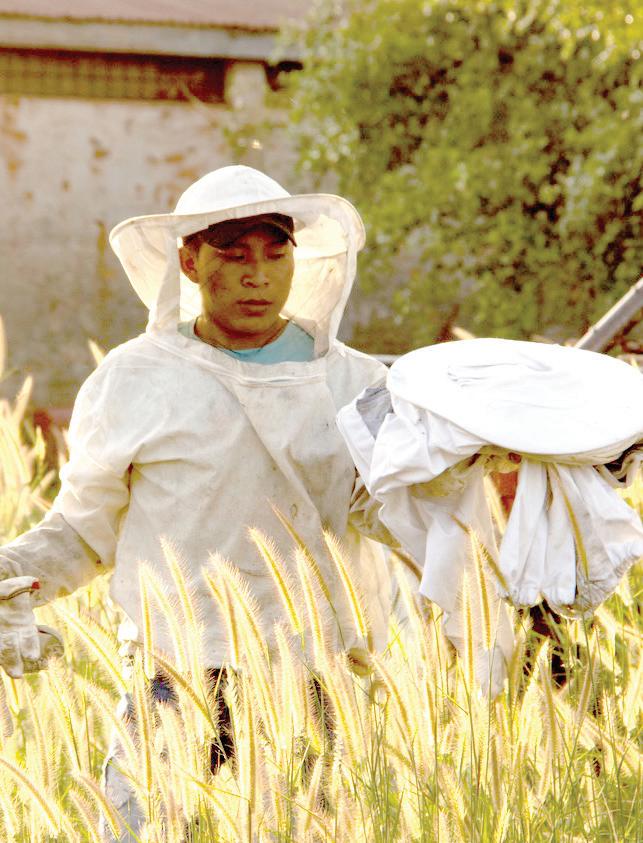
Sunday, January 22, 2023
RLPA has promoted buying local
– How
25 Influential Women Leaders Award goes live tomorrow
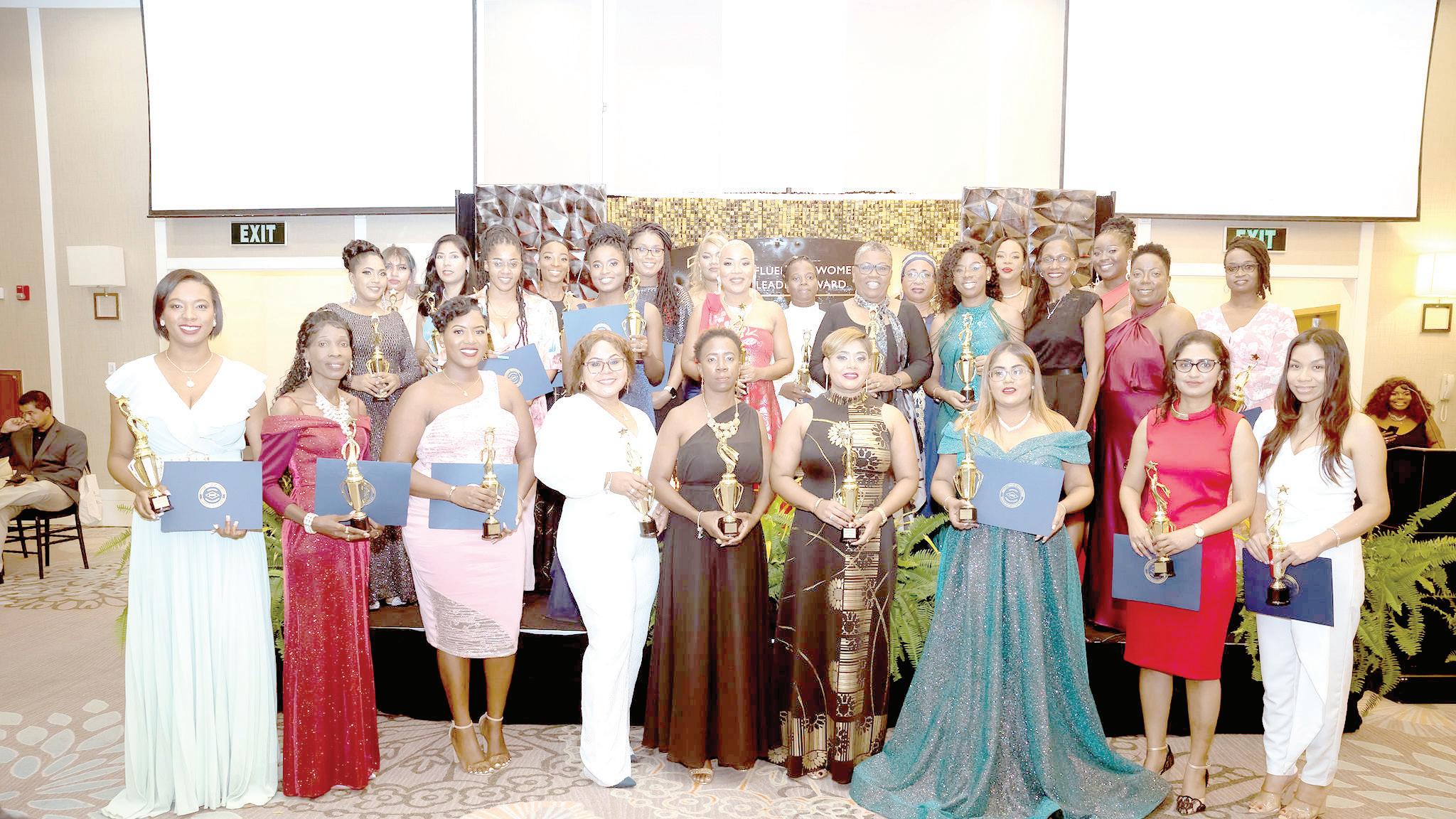
- Organisers all set for another successful award ‘season’
WHEN Michelle A. Nicholas met Lyndell Danzie-Black for the first time at a conference back in 2017, neither of them had any clue that the friendship to follow would result in a “sisterhood” so strong that, together, they’d use their respective businesses to make a difference in the lives of dozens of women across Guyana through the formation of the prestigious 25 Influential Women Leaders Award.


The co-creators of ‘25’ could not help but be drawn together as they listened to each other share stories in which they had a mutual interest, particularly regarding women and leadership in the private sector.
Both passionate about advocating for women, children, and a host of issues affecting society, they knew
right from the start that joining forces would result in something great. Having held the first ‘25’ event in May 2019, Nicholas, a Guyanese, and Black, a Saint Lucian, are all set to launch the fourth edition tomorrow (January 23). The duo realised in the beginning that many women in Guyana were doing great things,
but they were not being recognised for their achievements.
“We realised that there was not a platform that celebrated the achievements of women regardless of where they worked. Some of them are doing great things in communities, schools, in homes for the elderly, and many other spheres of life, including CEOs, co-found-
ers, and managers,” Black shared in an interview with Pepperpot Magazine.
Soshe and Nicholas felt that if they created a plat -
women used their businesses,The NICO Consulting Inc. (TNC) and Cerulean Inc., to sponsor the awards, but later began
verbalised their interest in supporting the event.
This time around, the duo decided to start their planning
form where the public could nominate women who are achieving great things in their communities,“then we will be able to celebrate women in the way that they should be celebrated.”
When the event was conceptualised, the two
seeking out partners within the corporate world to support their vision. Having managed to secure sponsorship from larger companies internationally and locally, the duo continues to attract more sponsors in Guyana, some of whom have already


earlier than usual for the ceremony, which will be held on Saturday, June 10, at the Pegasus Hotel and is anticipating an increase in nominations.
“We see women as the front liners in the work throughout the pandemic; we’ve seen

II CHRONICLE PEPPERPOT Sunday, January 22, 2023
SEE
Lyndell Danzie-Black
PAGE V
The 25 Influential Women Leaders Awardees with the co-creators in 2022
Michelle A. Nicholas
Keeping the capital in the Rupununi
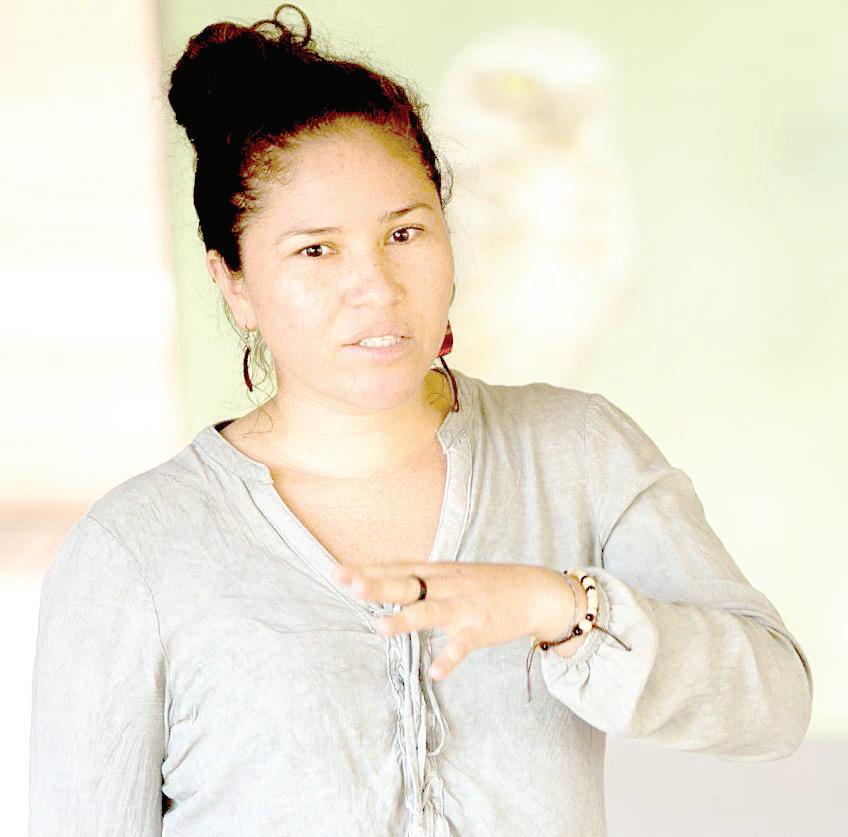
– How RLPA has promoted buying local
By Telesha Ramnarine
FORMED by a group of ranchers in the early 1970s, the Rupununi Livestock Producers Association (RLPA) is the oldest non-governmental organisation in the Rupununi,which has managed to trump the dormancy that it experienced some years ago. The group has since developed into a vibrant, well-supported organisation helping scores of livestock farmers.
When Michelle Kenyon joined RLPA in 2015, she was elected treasurer, but when the last elections were held, she became the Vice President with Rebecca Faria being Chair. The management committee is usually voted in when the general meeting is held.
Anyone from across the five districts of Region Nine (Upper Takutu-Upper Essequibo) with livestock is allowed to become a member. All of the positions are voluntary. The board of directors would meet with policymakers and other stakeholders to negotiate on behalf of the 130 members and the livestock industry.
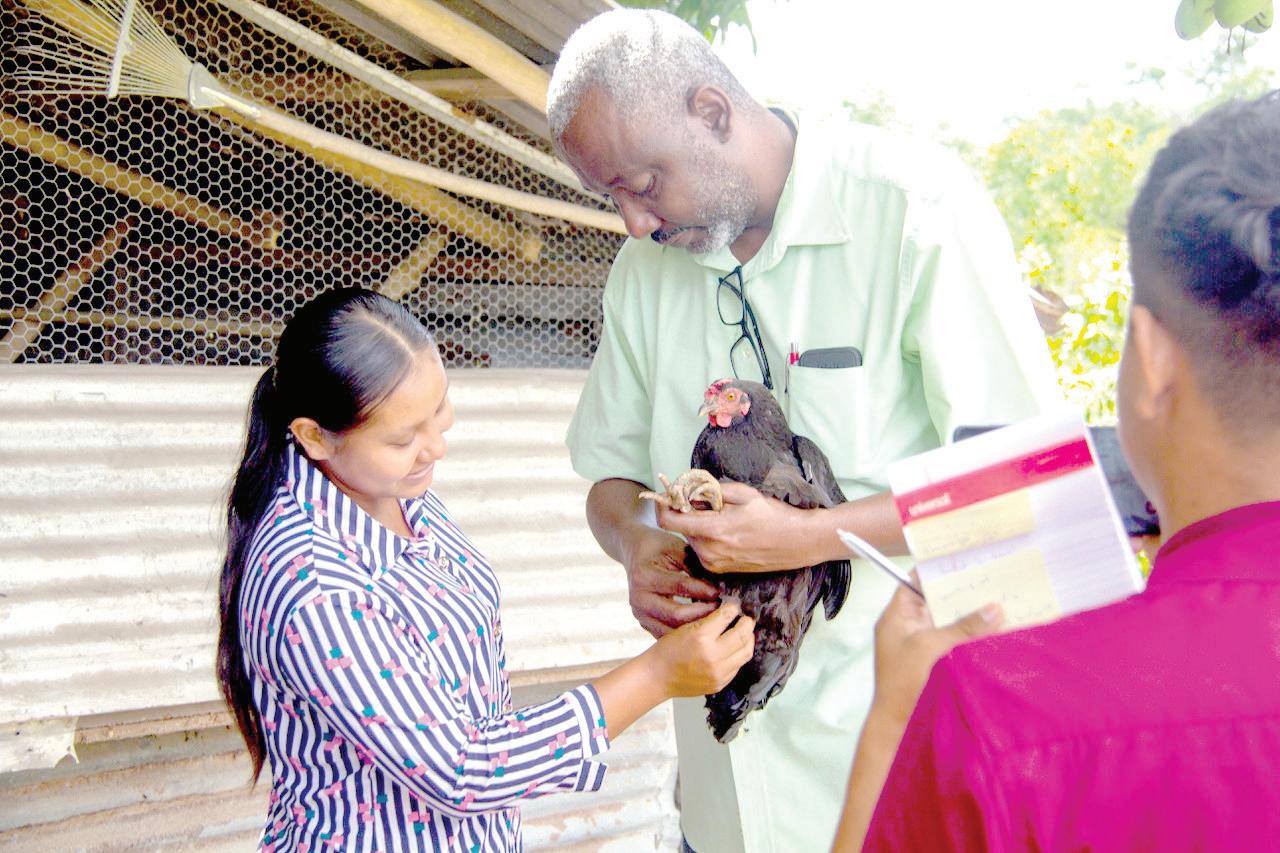
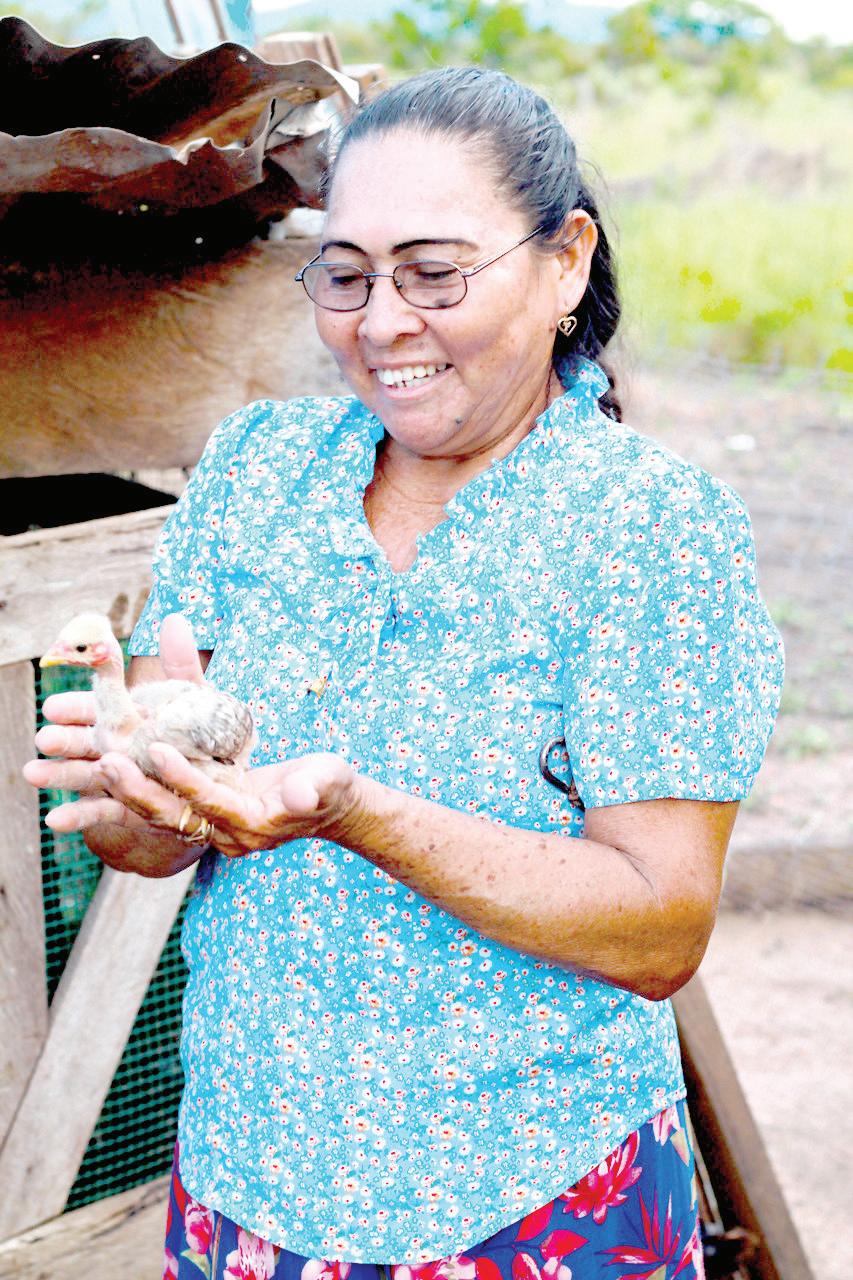
“The main objective is to lobby, encourage, and promote improvement in the production of the livestock industry and to partner with the relevant institutions,” Kenyon told Pepperpot Magazine, adding, “Together, we have a stronger voice. If it was just a small farmer on their own trying to get support, chances are he will not be heard, but the RLPA
is well recognisedin the region and we have a bigger platform to reach the higher offices.”
Since the association was revitalised, its biggest support came from the Sustainable Wildlife Management Programme funded by the European Union. So for the past four years, the RLPA was identified to carry out the livestock component of the programme.
The programme looks
at improving food security in the region, wildlife conservation, livelihoods, etc., and the technical and financial support from which the RLPA have benefitted has allowed the association to grow.Before such support, the RLPA had only been able to conduct the annual Rupununi Rodeo for which it has oversight.
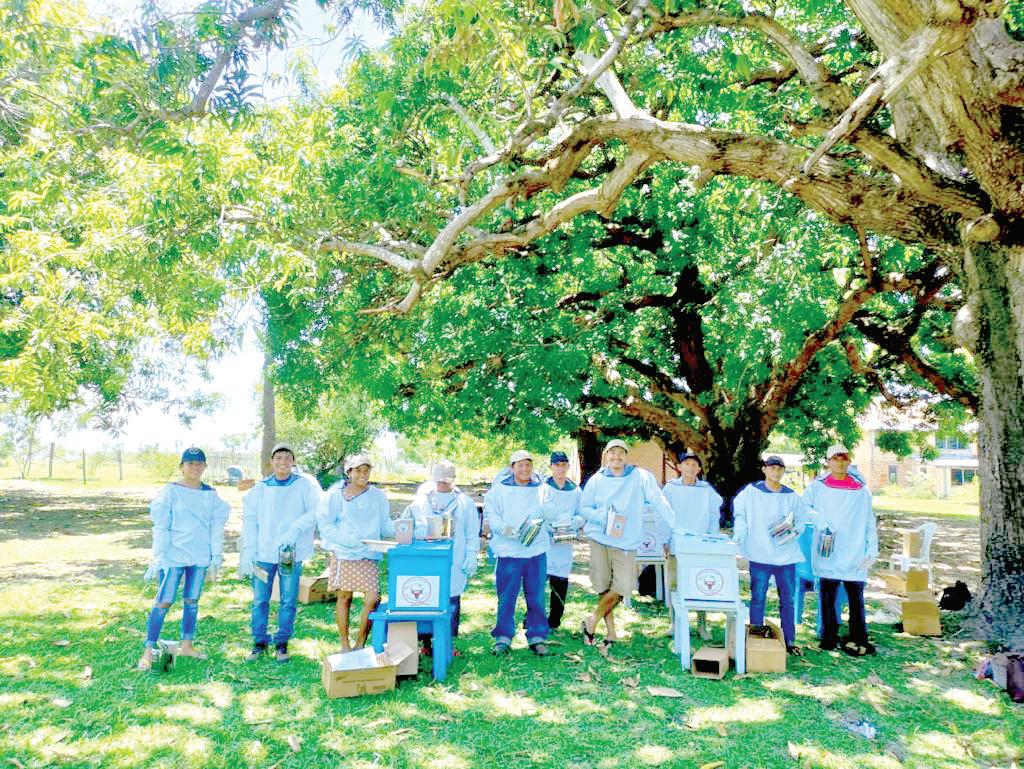
“We were able to establish a livestock hub in the region - the first of its
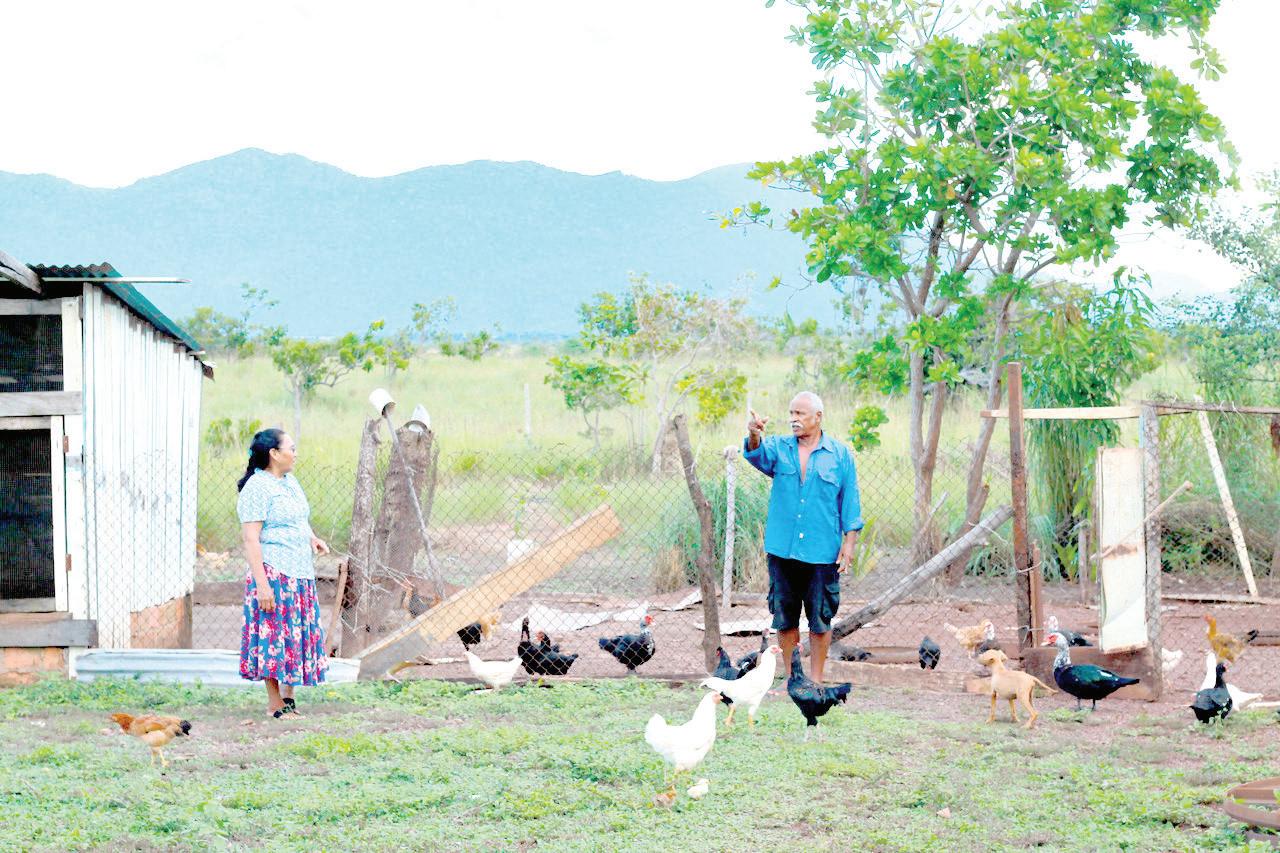
kind; we have established a hatchery for poultry at the rodeo site and to date, we have six full-time staff. We also do outreaches in every quarter around the districts,” Kenyon informed regarding the achievements of the associations recently.
Furthermore, it received more funding from the ‘Greater Guyana’ initiative to build on the work that was already started.
“Through the Greater Guyana initiative, we have been able to open the first producer-owned hatchery and we started hatching the domestic chicks - Rhode Island Red Chicks - and our next move is to start hatching the broiler chicks.
III CHRONICLE PEPPERPOT ― Sunday, January 22, 2023
Vice President of RLPA Michelle Kenyon.
A Rupununi livestock farmer happy for the support she’s received.
Many small livestock farmers are able to benefit from the services of the RLPA.
Anyone in Region Ninewho owns livestock is allowed to become a member of RLPA.
The recent Apiculture training in session.
SEE PAGE
IV
Local musician optimistic about music potential in Guyana
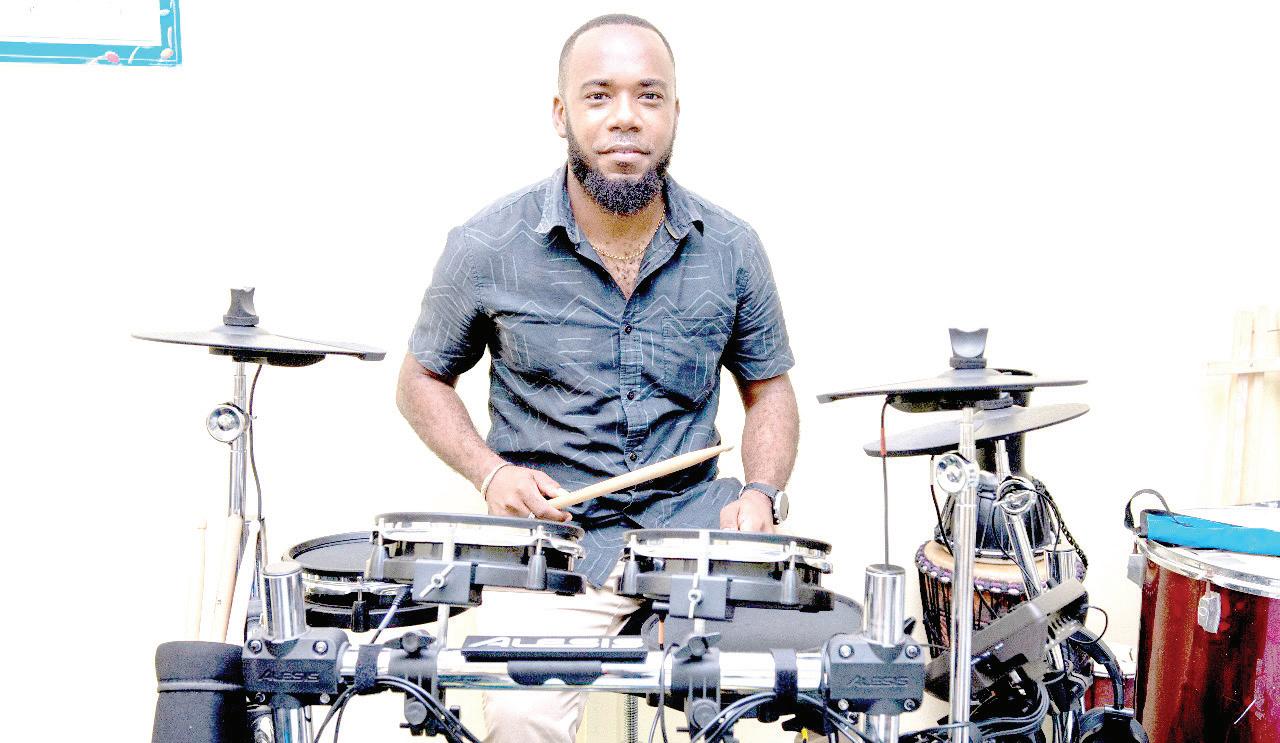
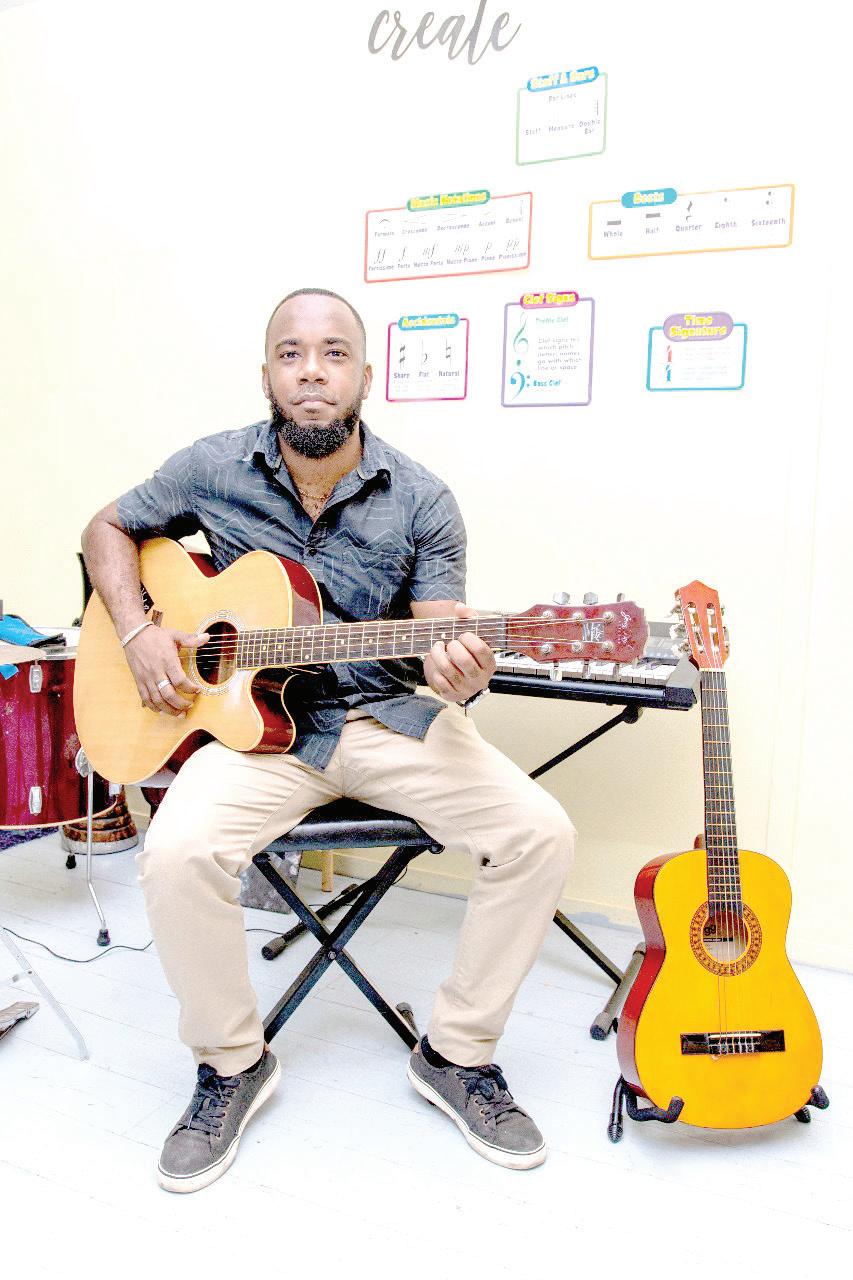
“Music in Guyana is growing particularly since we have got oil; the landscape is changing.” This is the view expressed by one local musician and producer, Christian Sobers.

When Pepperpot Magazine visited him at his production studio, Sobers expressed that the demand for live musical performances has increased and that demand is now placed on artists and music producers to produce quality music.
“So, what you are finding is that there is a stronger need and requirement for live music. People are wanting to listen to live music while they are dining at a restaurant. There is
“I would say that one of the things we miss is the structures.Music like any other thing in life, there are steps and stages to it. It is not just about talent. It is the ability to put that talent where it can be viewed and appreciated. So, what is needed in Guyana, is schools where one can go and be trained and have quality education and learn about the music, thus having venues where you can perform,” Sobers told Pepperpot Magazine.
He alluded to the fact that we have the talent, but the struc-
THE IMPORTANCE OF NETWORKING
“We have had performers over the years that have performed outstandingly and have gained international recognition. They need to be consistent regarding their networking with the international world,” Sobers noted during his com-
always an influx in work to perform more, train more and get gigs whether locally and internationally as well,” Sobers noted during his interview.
Sobers noted that every country that grows socially and economically grows in the arts as welland Guyana is in the middle of that right now.
THE STRUCTURE ELEMENT MISSING
ture of getting that talent in recording studios, marketing your music, and how to get the deals for the record labels is lacking.
Sobers mentioned that every year, there are various avenues where talented Guyanese get opportunities to perform at several events such as Chutney Soca Monarch, Calypso Competitions, and the like, but since there is no structure in place, the music dies and is resurrected at an inopportune time.
According to him, there are opportunities where Guyanese music can be well-received in outdoor spacessuch as seawalls and other new facilities that are now being created for family gatherings.
“Here is what is happening with that. A performer knows he or she is getting work, so he or she is working on their craft, even if they are skilled in other professions. Therefore he is putting in that work because he or she knows that they are getting gigs,” Sobers noted during his comments.
The performance of these artists can be so exceptional that they decide to be full-time musicians.
ments, as he sought to explain the reason why we aren’t seeing Guyanese artists very often on the international stage.
“ The Government is working on some strategic incentives for where they can support artists like now we have a database of artists to select from, but as a performer, you have to network,” Sobers told Pepperpot.
He is convinced that Guyanese artists need more platforms, studios, and more importantly marketing of their music to be consistent in the music world.
Copyright occurs in stages, but like everything else, you need to have quality music out there to establish copyright laws, he opined.
“I believe that music in Guyana will grow if the right structures are put in place. We need workshops, going into schools and working with teachers. If these are done, we would be able to better the current performers and nurture the next generation,”Sobers told PepperpotMagaizne.
Keeping the capital in ....
It will be cheaper for farmers and there will be a consistent supply so this should improve the local market greatly,” Kenyon shared.
Buy Local
Another major accomplishment of the RLPA was to see a decline in the amount of chicken and eggs that were being imported from Brazil. The folks in Region Nine made huge purchases because there were not many local poultry farmers.
“It’s quite a lot of money, so we were saying that if half of this can come to our local farmers it will be of much
benefit. We ran a campaign called ‘Local Meat You Just Can’t Beat’ encouraging people to buy local. We tried to sell the idea that it’s healthier, fresh, the money is kept here in the Rupununi,” Kenyon recalled.
As a result, they saw a big improvement in poultry production in the region with more stores and supermarkets selling local poultry. While encouraging people to buy local, at the hub, the RLPA sell livestock products like feed, waterersand whatever else is needed for poultry and provide the technical support needed for free.
“A lot of small farmers want to start up but they don’t have money. In order for you to get loans; it’s complicated for someone in the village who doesn’t have assets, a job
FROM PAGE III
and documents. I hope that RLPA would grow to a point where we can help farmers start up,” Kenyon expressed.
The association recently received funding from the Hinterland Environmental Sustainable Agriculture Development Project (HESAD) through the Ministry of Agriculture to do a poultry project in five villages in the Deep South Rupununi where they will be helping farmers with a start-up. Funding was also obtained from the New Zealand government to do a small bee project where ten persons were trained in apiculture.
“With so many changes in the world, like climate change, we have to start thinking and be clever about how we will secure our food,” Kenyon posited.
IV CHRONICLE PEPPERPOT Sunday, January 22, 2023
Let’s go and visit the ‘Old Man Kaieteur’
TUCKED away in the highlands of Guyana is one of the country’s principal tourist attractions - The Kaieteur Falls.

My first visit to the “Mighty Kaieteur Falls” which is located on the Potaro River, deep in the hinterland of our beautiful Guyana, was by one of the many organised trips by school teacher Marge Rockliffe. Due to her unique method of organising her various Guyana hinterland trips, many who made them would not have been able to do so due to financial constraints. Marge Rockliffe, who was also a Girls Guide Leader, had a unique system, especially for those who were not financially strong. She accepted payments from most of the young prospective (local) tourists by instalment payments. She was a highly respected and trusted citizen, and a tour organiserwith vast experience.
When I got to know her and made my first trip to Kaieteur, she resided at the top flat of a building on the south-western side of Middle and Cummings Street, South Cummingsburg, Georgetown. Prospective tourists like myself who did not have the financial fortitude to go into a deep pocket and extract the total sum for the tour with one payment paid a bit at a time.
As the Guyanese saying goes, “One-one dutty build dam.” As
25 Influential Women Leaders ...
them show up in such a strong way,” Nicholas pointed out. They will be live streaming on the Facebook page of ‘25’ at the launch tomorrow, where a link to the nomination form would be provided. That is said to be the easiest, quickest way to go about nominating someone. For those who cannot go online, printed copies of the form will also be available at various locations throughout the country.
More about the nomination and judging process
Nicholas and Black are not the judges. The judges for the June ceremony will be from the diaspora and in Guyana. “It is important for us to always pull ourselves out and allow others to be able to make those decisions,” Nicholas pointed out. She advises the persons making the nominations to share enough details about their nominees as opposed to just a few lines. “The judge wants to know that person like you do, so give as much information as you can; sell the person’s story.”
The Women’s Leadership Programme
Nicholas and Black have taken things a step further by launching the Women’s Leadership Programme, which is open to the 25 winners and all other nominatedcanidates. It’s a two-month programme launched in January 2022 that saw 12 women graduating last October.

“The Women Leadership Programme is a very competitive process. It is for women who are leading and ready to take the next step,” Black shared. Hence, just about anyone is not usually accepted; only those who are truly serious and ready to move to the level. On January 24, they are starting with their 2023 cohort.
About the founders

Meanwhile, Nicholas is the Founder and CEO of The NICO Consulting Inc. (TNC), aboutique consulting firm spe-
such, her instalments system allowed many who would otherwise been unable to tour, to get to see Kaieteur and other tourist destinations in the Guyana hinterland. So after weeks and months, the total sum was achieved; every instalment was properly recorded in Ms. Rockeliffe’s notebook.
I have been to Kaieteur Falls several times, but that first trip, remains the best, especially because it was overland; all the other trips were by aeroplane. Now, let me relate exactly the step by step journey from the city to the Falls. The first leg was from Cummings and Middle Streets to the Transport and Harbours Department (T&HD) Ferry stelling at the western end of Brickdam, where we boarded the Ferry boat Queriman, and journeyed across the Demerara river to Vreed-en-Hoop. We then boarded the West Coast Demerara train and travelled to Parika on the Essequibo River. There, we boarded another steamer and travelled fifty miles up the Essequibo River to Bartica, where we overnighted. Next day, we travelled by a ‘bush bus’ - a lorry which was fitted with seats - and made an extremely rough 111-mile journey to Mahdia, where we overnighted. On the third day, we journeyed up the Potaro river to a small location called Tukite. On that river leg of the journey, it was necessary, on two occasions, for the group to disembark from the boat, which was then pulled out of the river and dragged up a fairly steep portion of the river bank, beyond a roaring rapid.
That second day ended when we arrived at a camp location where the group spent the night. The accommodation was certainly not Five Star, but fairly comfortable - and a bit cold. The next morning everyone was anxious to make the steep climb to Kaieteur’s top. It was not easy, and demanded physical energy, which was testing. However, all members of the group made it to the top. On seeing the mighty Kaieteur up close and so majestic, everyone was happy and proud to have made that journey of a lifetime. This much can be said about Kaieteur Falls - no photograph, video or film can ever bring it’s roaring might to a viewer, as to behold it in reality.
FROM PAGE II
cialising in strategy, operations, Diversity Equity and Inclusion, marketing and publicrelations, non-profit management, and organisational transformation. With offices in Guyana, South America and NewYork, the company serves clients globally to optimise their business and improve operations while advancing theirprofile and accelerating organisational performance to gain the most attractive opportunities.
She has spent over two decades invarious government, corporate and non-profit positions, including several leadership roles in the US andinternationally. As the former SVP, Chief Diversity Officer and Director of Community Development for PCSB Bank,she served as a member of the Bank’s senior leadership team responsible for leveraging diversity,inclusion,and cross-cultural competency as well as engaging the external community on issues of development to advance theorganisation’s mission and business objectives. Nicholas is also the Principal of Nicholas Counseling Services and is thePresident of Sexual Assault and Family Education (SAFEGuyana).
Danzie-Black, on the other hand, is the Managing Director of Cerulean Inc. – a Business Development,Corporate Training and Business Consulting firm based in Guyana since 2012. A certified ILOInternational Trainer for Start and Improve Your Business (SIYB), Lyndell recently completed theWomenLead Institute/ExxonMobil – Global Women in Management Program.
Cerulean Inc. collaborates with ExxonMobil on their Corporate Citizenship mission andimplements the Community and Youth Empowerment CSR Projects in Guyana. She provides corporate training for several businesses in Guyana andthe region, as well as cross-culture training, executive coaching and mentorship for clients ofinternational companies and organisations.
V CHRONICLE PEPPERPOT ― Sunday, January 22, 2023
The Kaieteur Falls on the Potaro River in GUYANA is 741 feet of free-flowing water and five times the height of the Niagra in Canada (Wikipedia photo)
The 2021 awardees with co-creators
Timehri Hill
A scenic village of sandy dunes, hills and valleys

LAST week the Pepperpot Magazine visited Timehri Hill, Red Ground Road, East Bank Demerara to highlight the way of life of the locals.
This area isn’t very large, with just a few internal streets, including one leading to Base Camp Stephenson.
It has several large range houses that withstood the test of times and it provides housing to many families, who work at the Cheddi Jagan International Airport (CJIA) and the Guyana Defence Force (GDF).
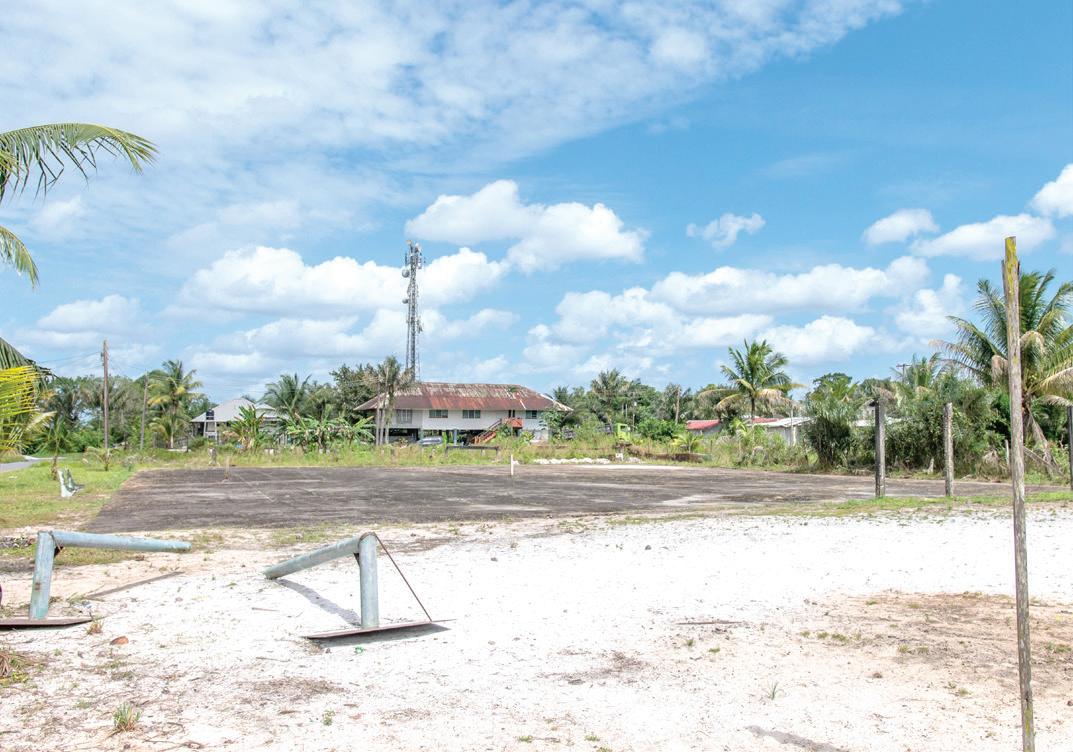
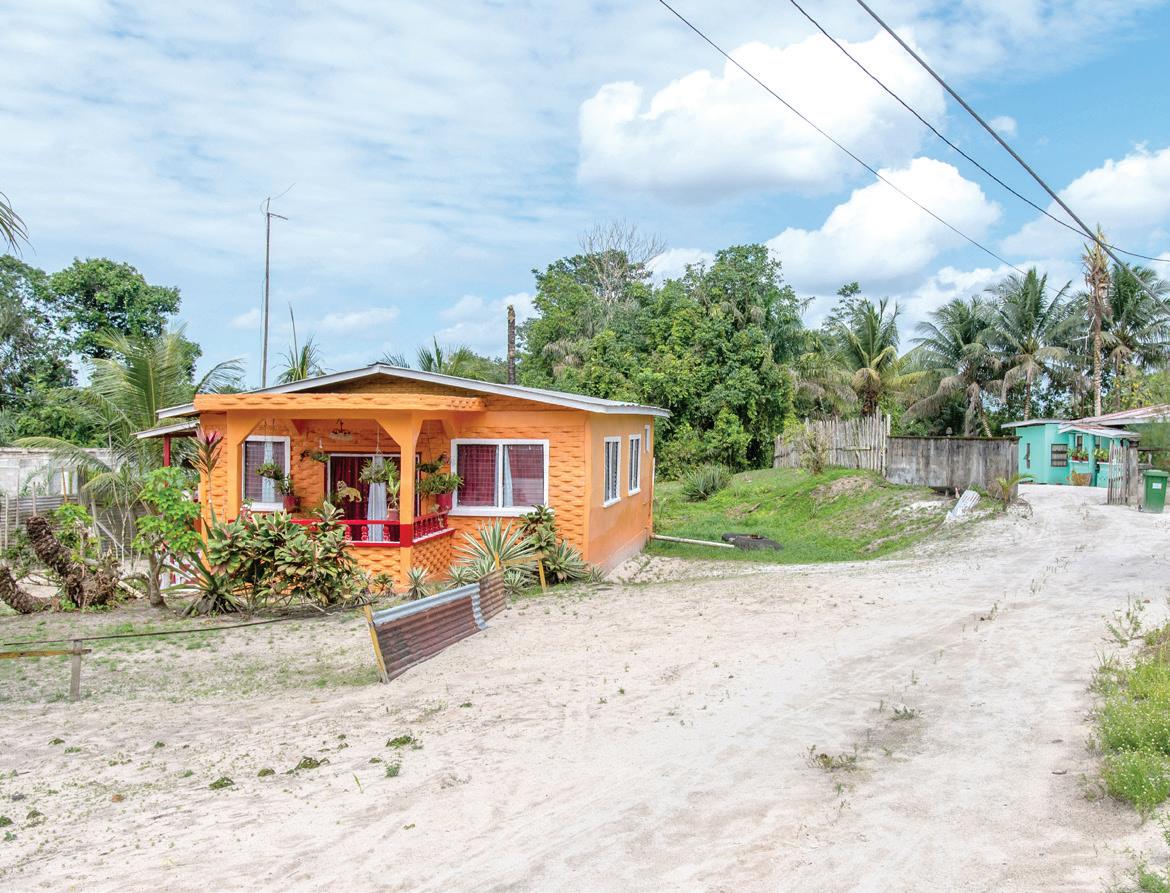

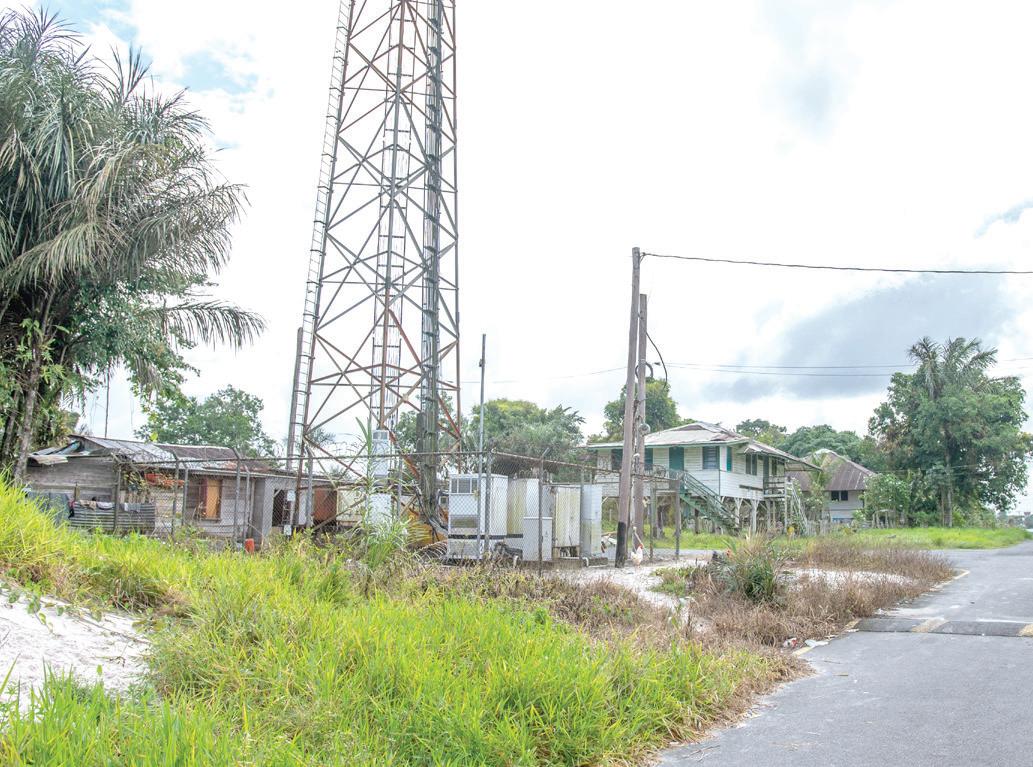
This small village also has some colonial-style government houses that are occupied by workers of CJIA and the Army.
Timehri Hill is home to
many retired airport workers and military men and women and it is a community that goes both up- and down-hill.
It is a quiet, breezy place where time seems to be
stuck; there is no hurry to get things done and it is a scenic place to settle for a countryside life away from the hustle and bustle of the city.
Timehri Hill is a stone’s
throw away from the CJIA, the main airport in the country.
Timehri Hill is home to the private school, Alpine Academy, and dozens of government employees and people working at private sector companies.
The village has good roads, electricity, potable water supply and internet and it is regarded as a safe place to reside where the locals are familiar with each other.

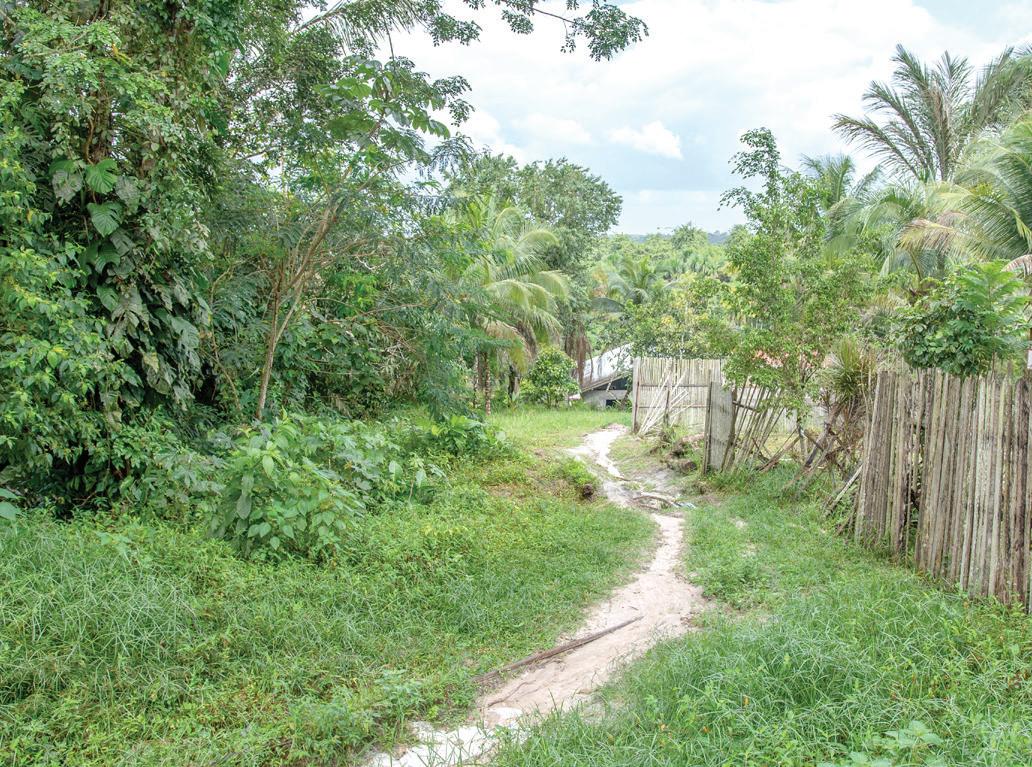
It is a place where the people take pride in keeping their surroundings clean and there are lots of trees especially coconuts, awara, pear and mango.
The people of Timehri Hill are very friendly and welcoming and some took time out of their busy schedule to engage the team on that day during its visit to the village.
Timehri Hill has a lot of nooks and crannies, with small tracks and trails leading from one place to another like a network.
It is easy to get lost in those places and there is also a steep decline downhill and
the climb back up is a tall task.
Timehri in olden times
According to an elderly resident, Mr. Philip Henry, (who was interviewed by this newspaper years ago) he grew up in Timehri as a young boy just when the area was merely a bushy site with striking sandy dunes and dense vegetation.
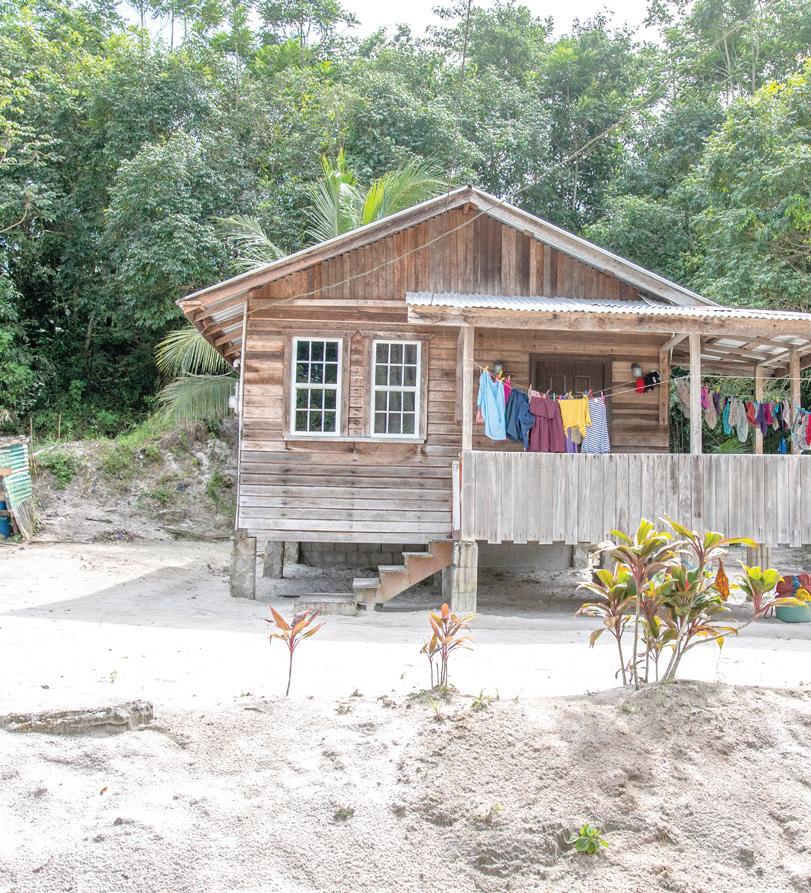
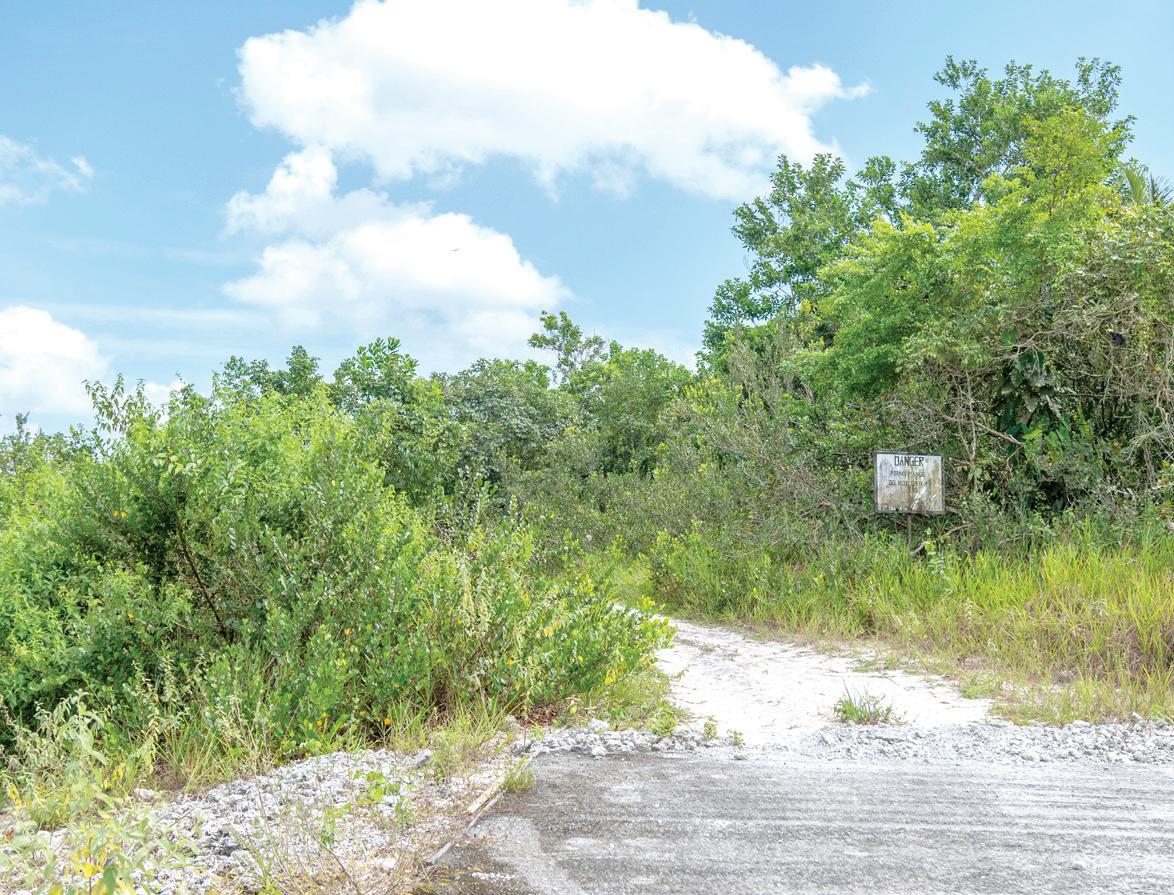
Thatched roof houses were scattered here and there amongst the trees and flambeaus (lamps made from bottles, kerosene and cloth for wicks) were used.
They had no electricity and used rainwater for drinking or obtained it from the few creeks and natural springs that were around.
He noted that some houses built on the wrong sides of the sandy hills were often destroyed during heavy rainfall, as water gushing down into the valleys would easily erode the ‘white sand’ found mostly in the area.
Henry reminisced on a tale of how an elderly couple woke one morning to find that the rushing water had swept away most of their small makeshift house. This
left only the small bedroom portion standing in which they were sleeping on a small makeshift bed that was nailed snugly to the wall of the building.
Then the tentacles of modernisation began to engulf the area and persons soon learnt to level and build their lands to avoid erosion and new and very striking buildings sprung up around the airport which itself was getting better and better as the years went by.
Roads became wellpaved and electricity became the order of the day for many residents.
The area took on a more stylish ambience when the Guyana Defence Force (GDF) occupied a large area and set up a base camp and the well-established buildings that still stand today.
Today, Timehri is a vast array of quite stylish houses crafted mystically in the sandy dunes and valleys, concealed almost in a mesmerising fashion amongst the lush swaying tress that grow so nicely, lending a hazily catchy ambience to the village.
VI CHRONICLE PEPPERPOT Sunday, January 22, 2023
Timehri Hill (Delano Williams photos)
The bare tennis court
Residents of Timehri Hill talk daily life in the village
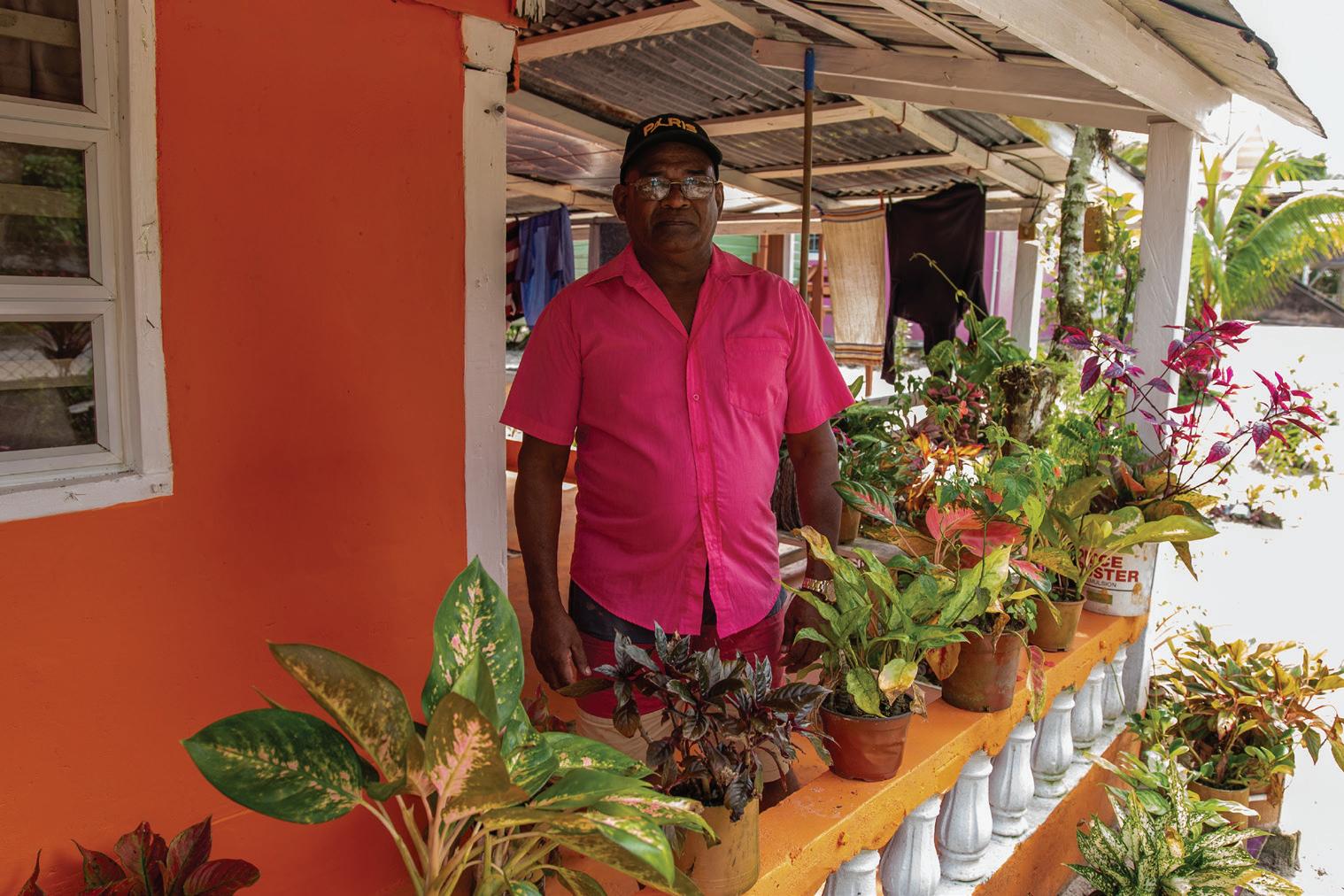
 By Michel Outridge
By Michel Outridge
PAULETTE Bruce has been residing in Timehri Hill, Red Round Road, East Bank Demerara, at one of the range houses for more than 35 years.
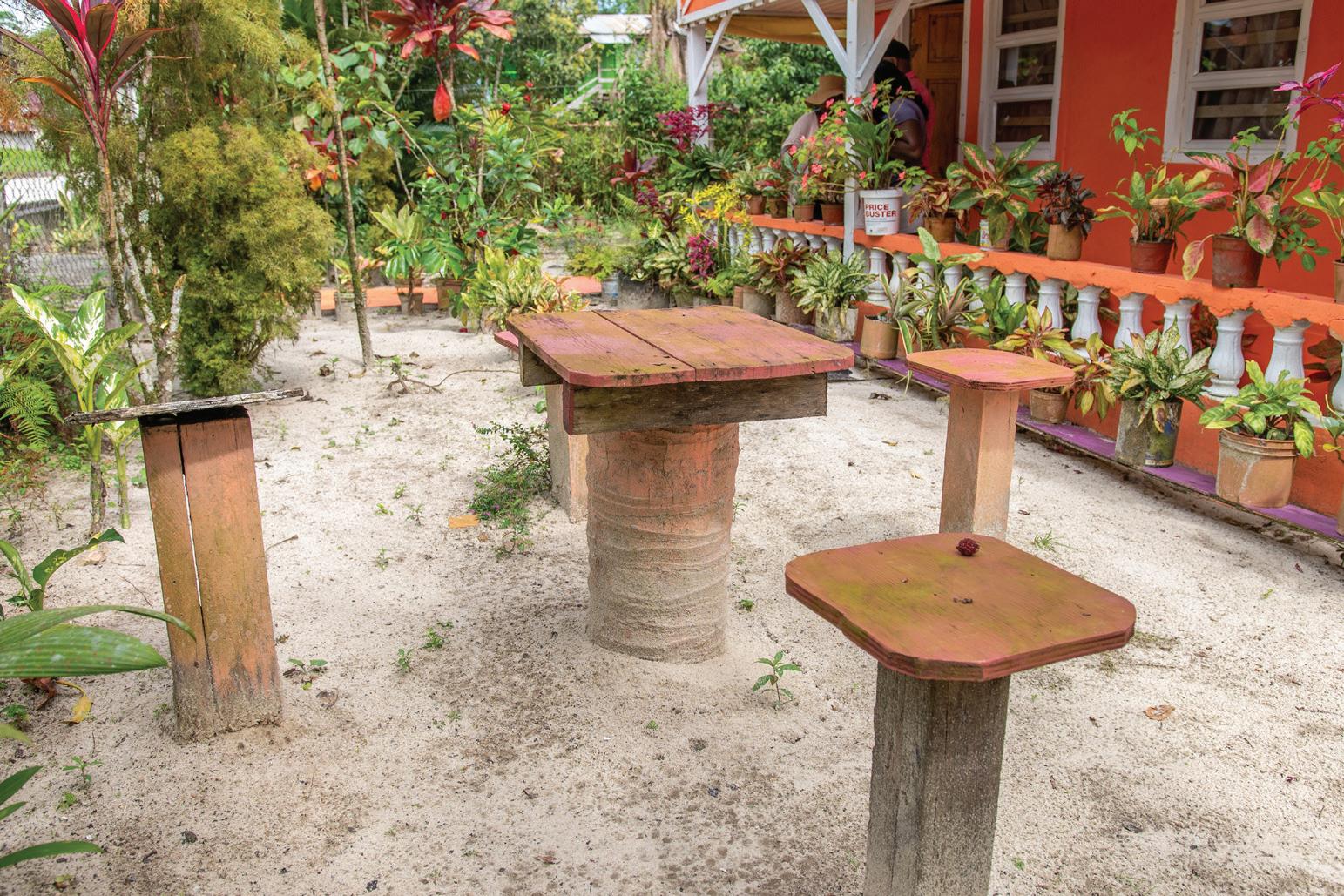
Bruce is a local of Amelia’s Ward, Linden, and the family relocated at first to Mahaica, East Coast Demerara and then to Timehri Hill, then, her father was the foreman for the road construction project that was ongoing.
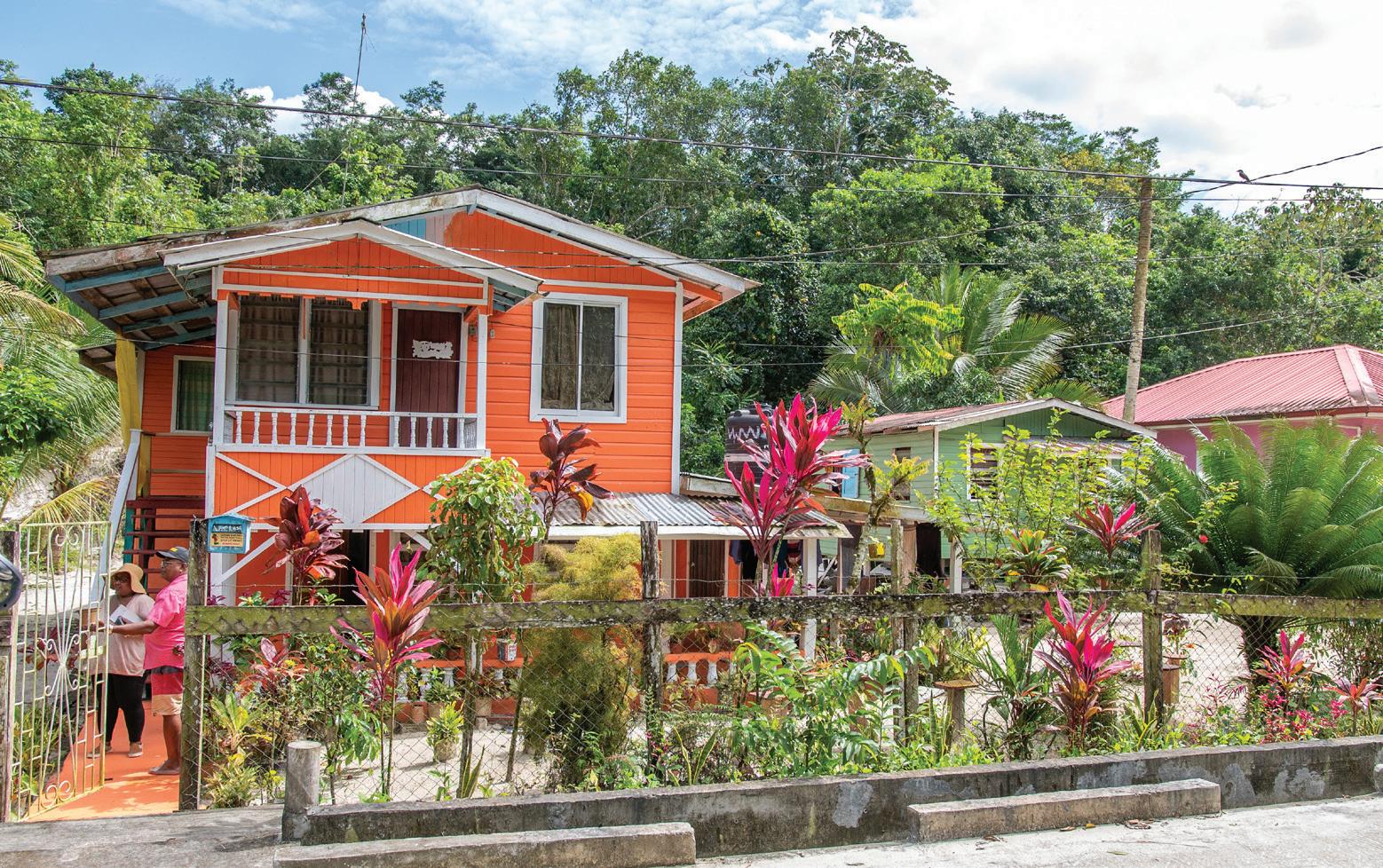
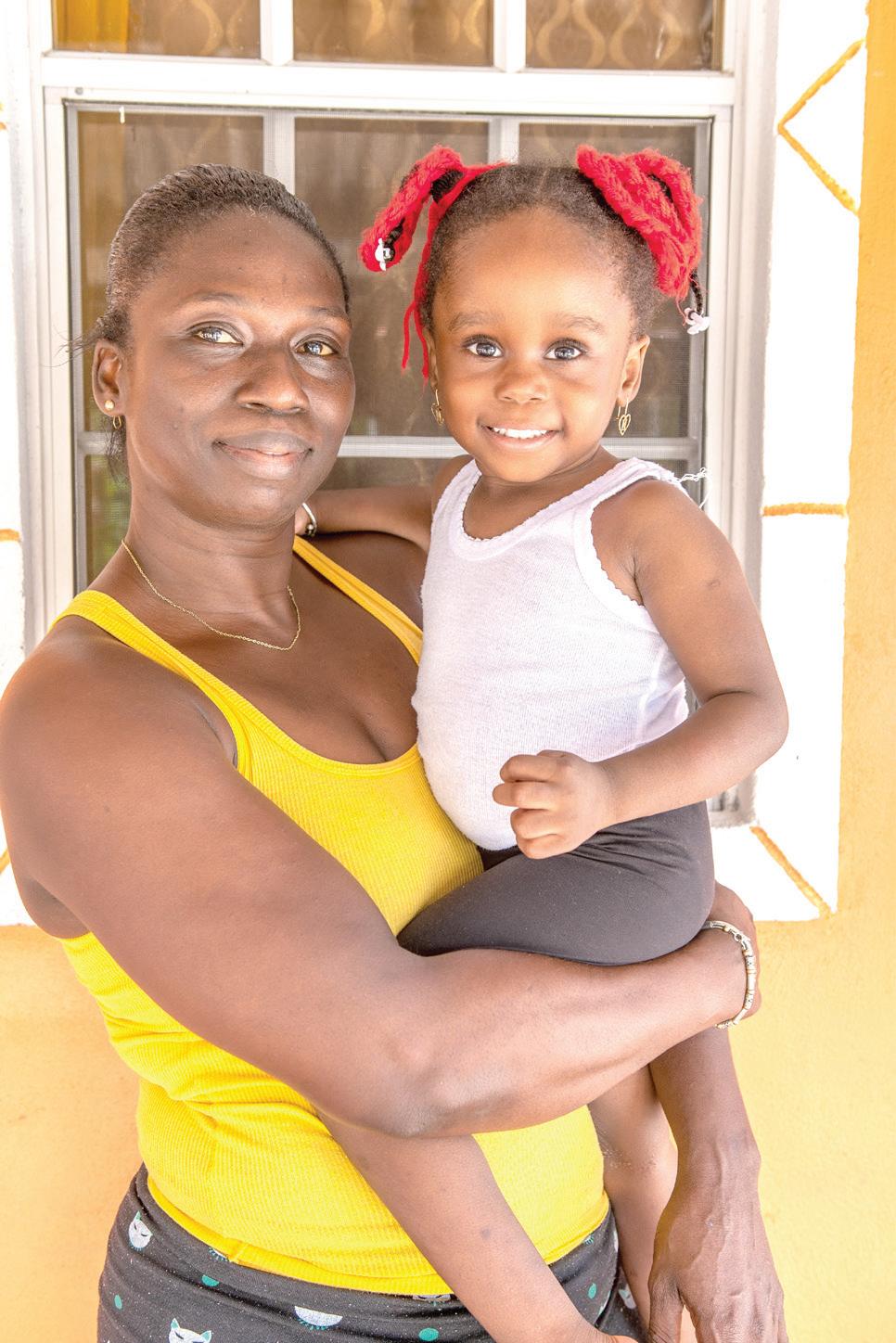
She explained that her siblings, six girls and two boys, are all grown now and leading their own lives, but she lives with a sister and her
niece and nephew.
Bruce related that most of the people living in the range houses are all government workers and their families and some newcomers employed at the CJIA or the army.
She added that that section of the village is very quiet and in her street, which is the first, has a bare tennis court; at times, locals would utilise it to play games.
The community centre ground is at the head of the street but is abandoned and needs upgrading.
Bruce stated that the village has four internal streets, Base Camp Stephenson, and a few shops.
She pointed out that she is a homemaker who takes care of the home and the village is regarded as being safe since the locals look out for each other and keep an eye on things in general.
Bruce reported that her father passed away 17 years ago while, her mother died last year.
She pointed out that the village is safe and one can go to bed without locking the doors; even if anything is amiss, it has to be someone from outside the village.
Kim Lewis, unemployed Kim Lewis is also a Timehri Hill, Red Ground
Road resident and is looking for work since she is caring for two minors, a grandson and a daughter.
The 57-year-old told the Pepperpot Magazine that she began occupying a piece of land in the village since 2007
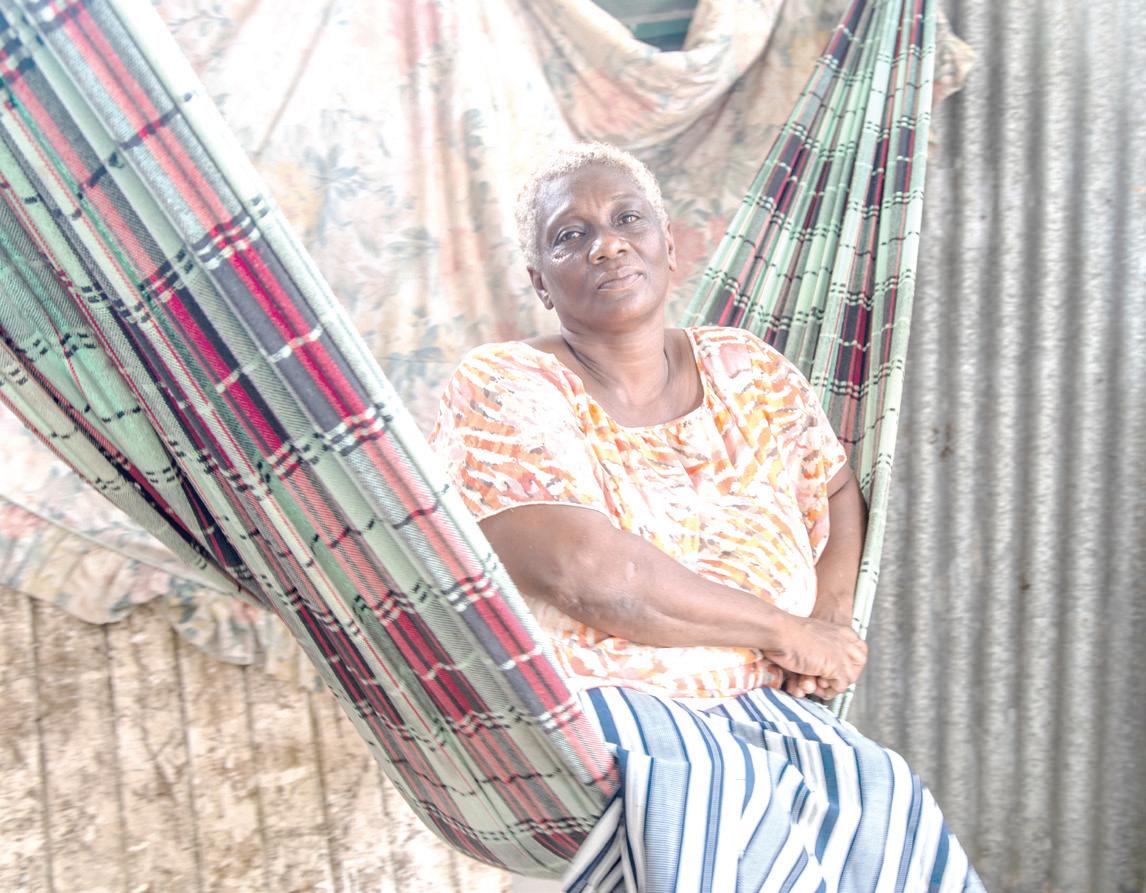
after relocating from the city.
The mother of seven added that she had a small business in the form of a snackette, in the city, during the pandemic but that business folded.
She was the recipient of a
small business loan and after sales were slow she could no longer regain the capital to invest.
Lewis explained that she is desperate for a job because she is able-bodied and has to take care of her 16-year-old daughter and grandson, who is seven years old.
She added that things have been hard on her after her small business flopped and she has been looking for work since.
Even though she applied for the cleaner job at CJIA, she did not get any response.
“My children would pitch in with money to help me but that goes towards food so I have other financial needs that need to be met, so I have to get a job to provide for us
VII CHRONICLE PEPPERPOT ― Sunday, January 22, 2023 SEE
XIX
PAGE
Paulette Bruce and a relative are pictured at her home (Delano Williams photos)
Vincent Class in his garden
Seating area in Vincent Class’ yard
Home of Vincent Class
Kim Lewis
Life at Timehri Hill is favourable
By Michel Outridge
WHEN you love what you do for a living, it is never a burden. With this principle in mind, Barbara Collins opened her small business in 2018, a canteen providing wholesome snacks, food and beverages for school children.
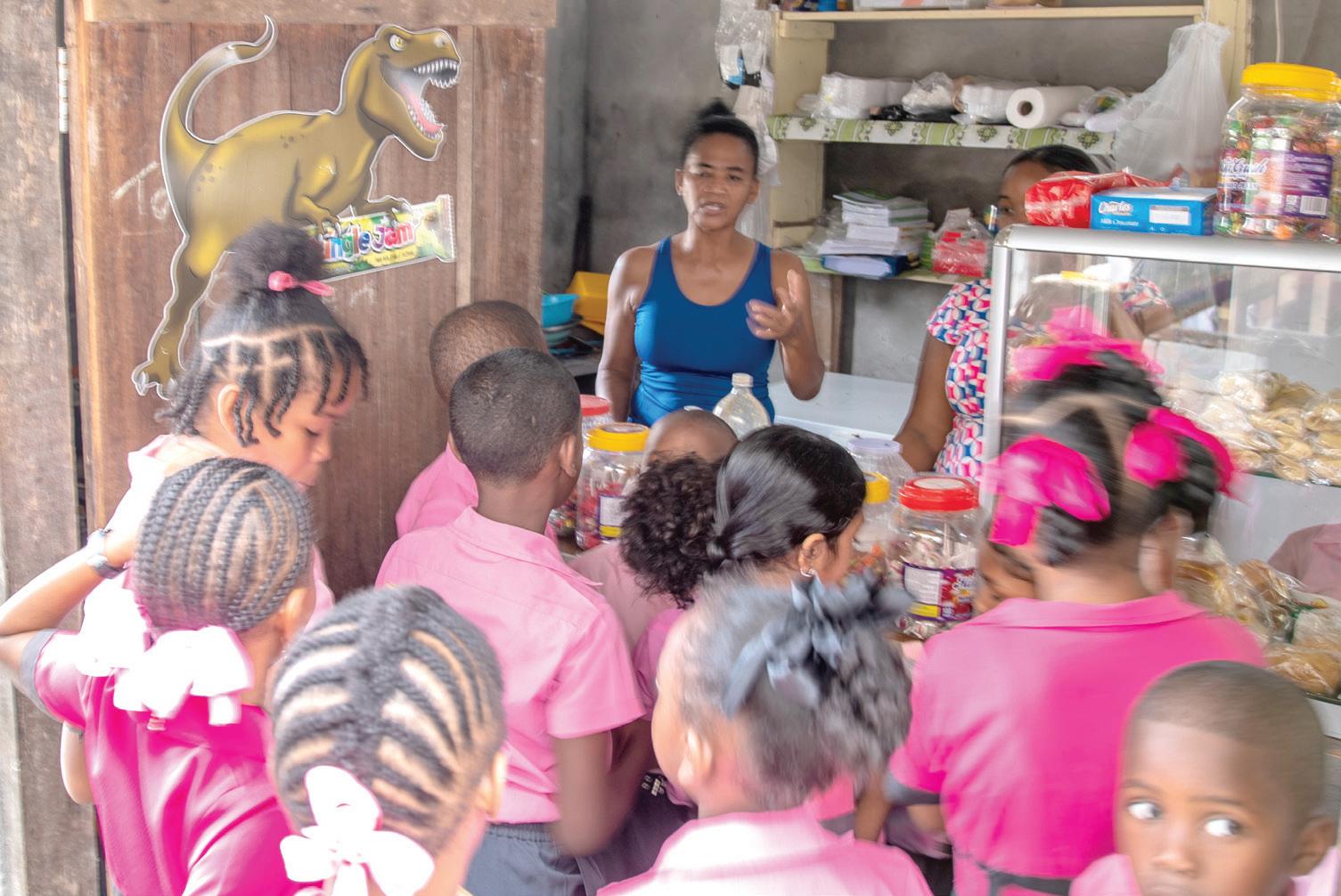
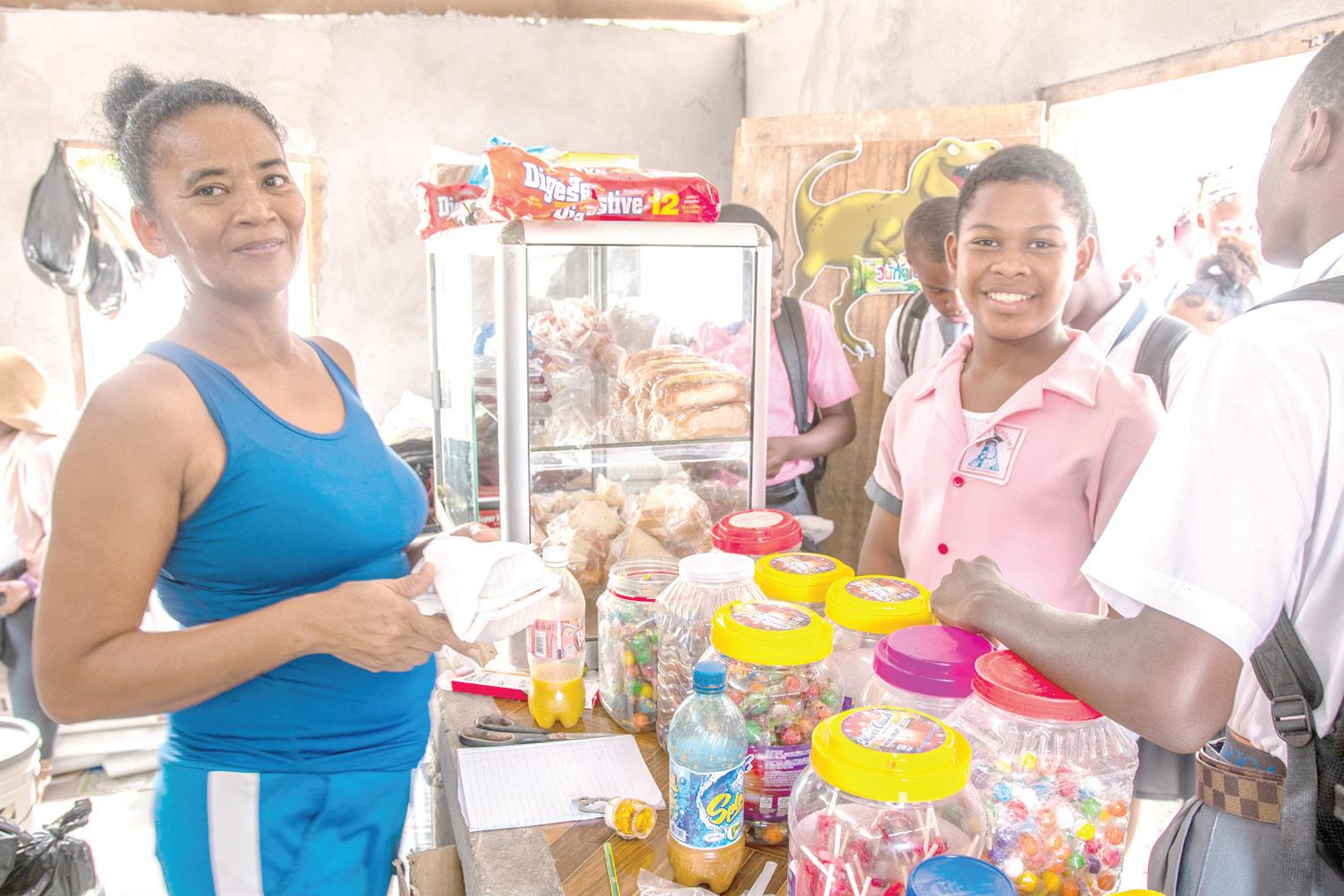
The canteen owner told the Pepperpot Magazine that, in addition to operating the canteen, she was also tasked with the general maintenance of the private school, Alpine Academy, which is owned by her sister.
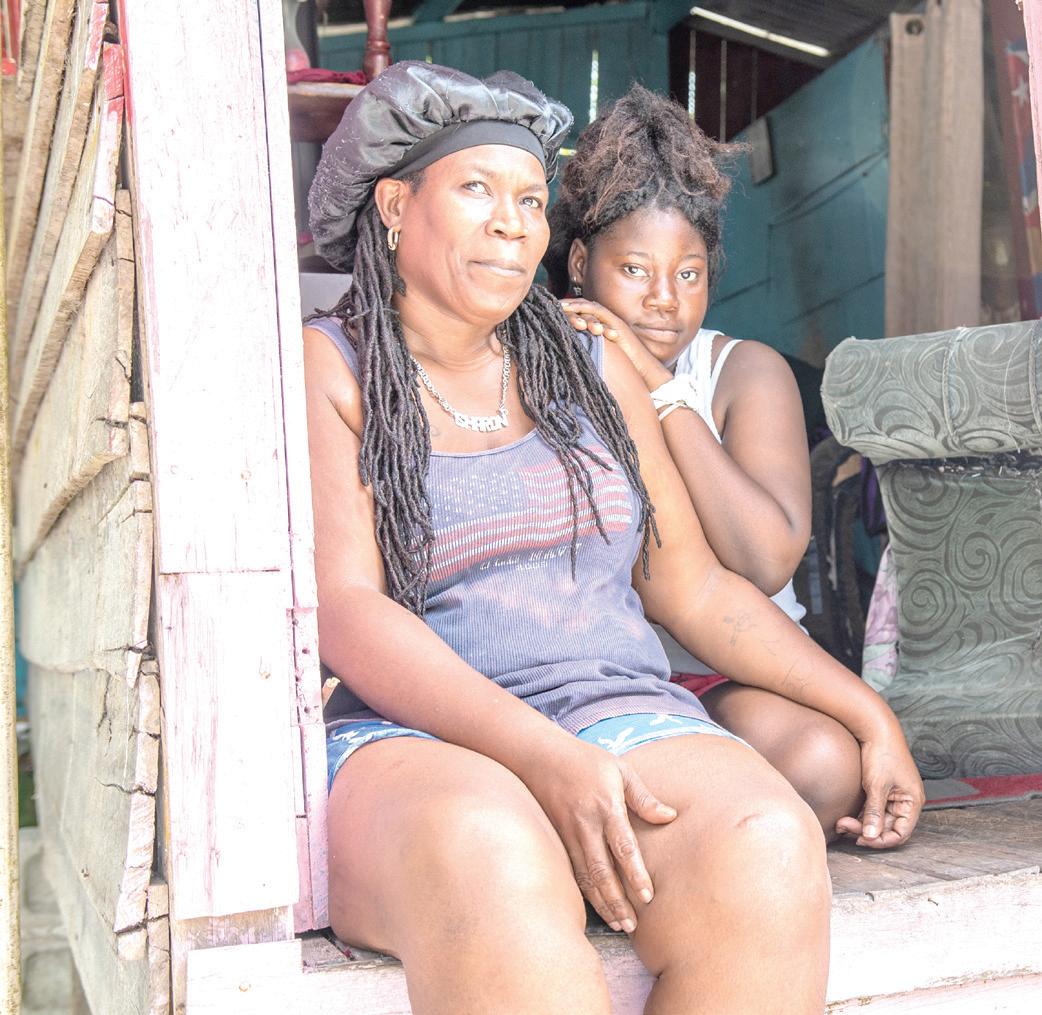
Collins stated that she is often busy overseeing things and she can be considered ‘a jack of all trades’ since she can do the plumbing and general work in and around the school buildings.
She is a Timehri Hill, East Bank Demerara resident
but relocated to the hillside village many years ago after she exited Soesdyke, where she resided for a while.
Collins is a native of Mocha Arcadia, also on the East Bank Demerara and has a house on a hill in the community.
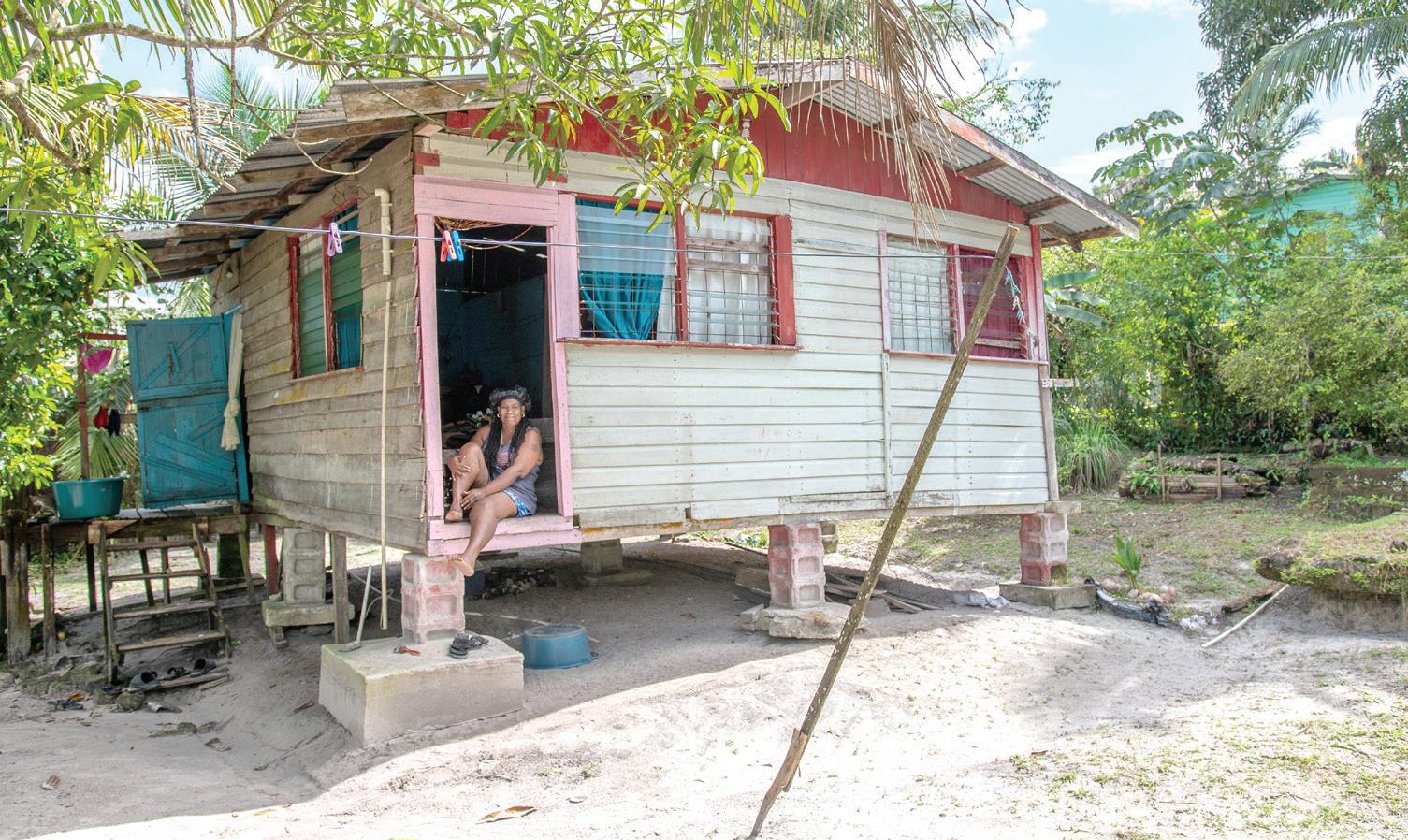

She opted to stay because she likes the quiet life of the countryside since there is enough space to plant and harvest fresh fruits and vegetables for the kitchen.
Collins added that there is nothing more rewarding than picking coconuts from
able cost of $400 each.
The businesswoman reported that, in addition, she would make sandwiches, egg ball, hot dog, corn dog, chips, puri, roti and curry and pastries.
That day, when the team visited, she had her niece assisting in the shop to tend to the school children, who had shown up in their numbers, during the break period, for something to eat. Collins was in the process of preparing stewed chicken with rice.
your own tree and drinking the water to offset the heat of the day and it was for such reasons she likes living in the village.
The mother of two stated that, from Monday to Friday, she would prepare lunch for the learners with a new menu every day and at an afford-
The lunch is for school children who don’t bring their lunch to school and she is pleased to provide a service and nutritious foods.
“I prefer to be busy doing things than being idle and I don’t mind doing the work, operating a canteen brings and also being a general maintenance person, seeing to construction works being
done at the school where my canteen is located is indeed a lot but it is what it is,” she said.
Collins added that she has good relations with the learners as well as the teachers and the people of Timehri Hill and they support her small business.
Sharon Vigilance, the homemaker
Meanwhile, in the same village is the house of Sharon Vigilance, a widower of a teenage daughter and some adult children from a previous relationship.
She has a nice, wellkept cottage with adequate trees, plants and fruits growing in her yard and she is a well-put-together woman.
The mother of five told the Pepperpot Magazine that she moved to Timehri Hill after marriage since her husband is a local of that village.
It has been more than 20 years, and it is home for her. Vigilance stated that she is originally from One Mile Extension, Linden, but has gotten accustomed to living in Timehri Hill.
She resides around the relatives of her late husband, Royce Vigilance, who passed
away suddenly eight years ago, under mysterious circumstances.
At the time of the husband’s death, her daughter was just six years old and
She disclosed that, at night, the place is usually cold, but, during the day, if it was not raining it was very hot due to the sandy condition of the soil.
she only received his death certificate when her daughter was 10 years old.
Vigilance disclosed that, although it has been difficult since her husband’s passing, she was trying to cope.
Vigilance said life was fair at Timehri Hill and they had the basic necessities to have a comfortable stay and it was a safe place to live since the local knew each other.
VIII CHRONICLE PEPPERPOT Sunday, January 22, 2023
Barbara Collins
Barbara Collins in her canteen (Delano Williams photos)
Sharon Vigilance and her daughter
Home of Sharon Vigilance
Alpine Academy aims at preparing learners for examinations in a conducive environment
By Michel Outridge
GAILANN Sampson is making a difference in many lives and providing leadership and guidance to many learners at Timehri Hill, East Bank Demerara via her private school, Alpine Academy.
Alpine Academy provides nursery, primary and secondary education for learners in a comfortable environment in a two-storey building that is being extended. The nursery school is housed in a separate building.
The edifice that houses the primary and secondary learners is downhill while the nursery children are housed in the lower flat of another two-storey building that is located uphill.
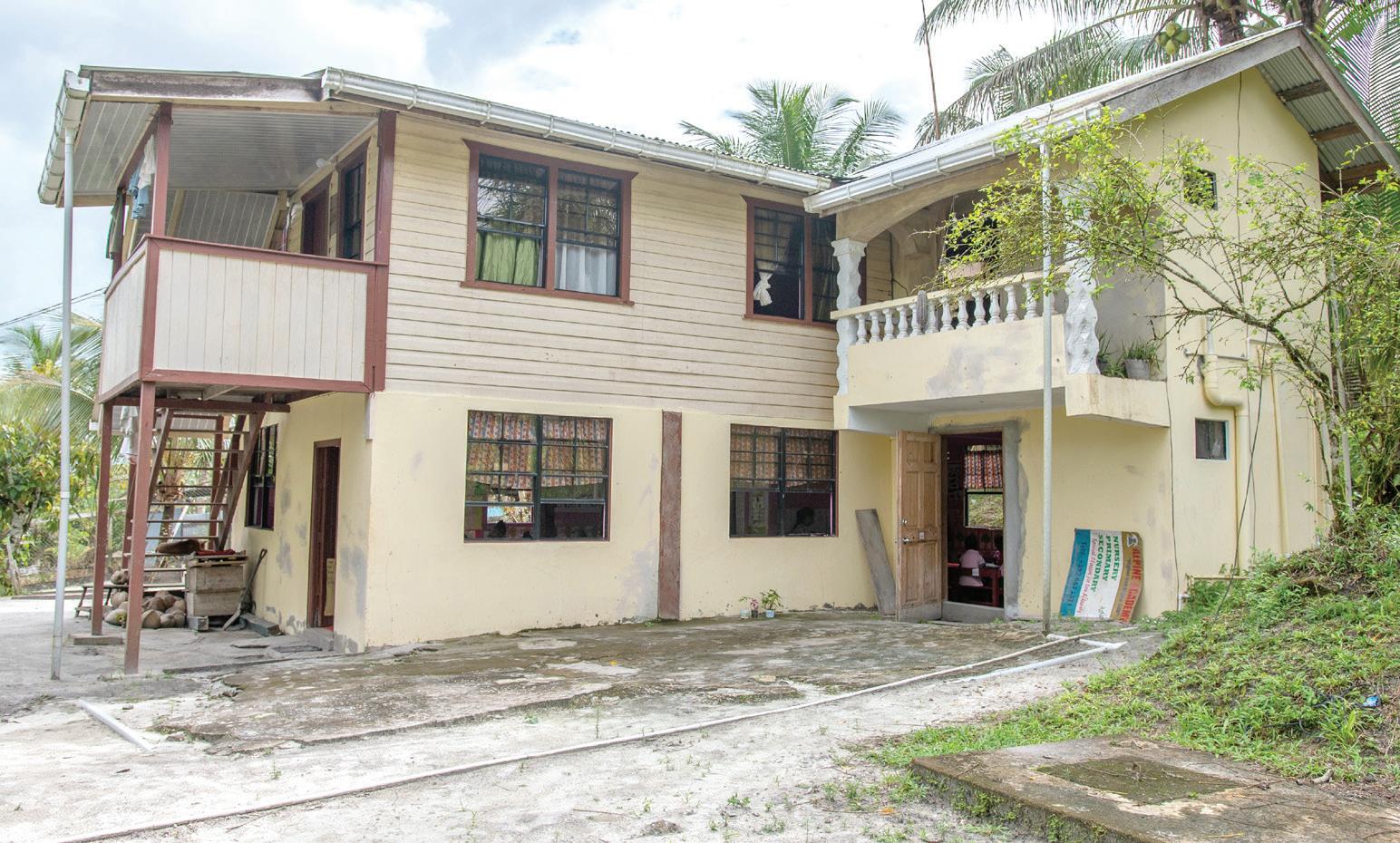
Alpine Academy opened its doors in 2018 after Sampson, a native of Mocha Arcadia had spent more than 35 years in the teaching profession and had the vision to start her own private school.
Sampson told the Pepperpot Magazine that her school prepares students to sit the National Grade Six Assessment (NGSA), the Caribbean Secondary Education Certificate Examination (CSEC), and Mock exams.
She added that the school basically prepares learners for all exams with their style
and technique of teaching. There are 17 teachers and 170 learners in total.
Sampson stated that they have learners from the catchment area from Long Creek on the Linden/Soesdyke Highway to Land of Canaan, East Bank Demerara.
“Our mission statement says it all, what our school is about – ‘preparing children to meet the needs of the Guyanese society and the world at large’,” she said.
The educator related
that they have extra lessons for learners who are reading-challenged and slow learners and they work with individual children for optimum development.
Sampson explained that they work with all parents and have developed a good rapport through their Parent Teachers’ Association (PTA).
Even if a parent is behind in his/her monthly fee, they would provide a suitable pocket-friendly package.
Alpine Academy has a
canteen that provides wholesome snacks, foods and beverages for the learners and it is a safe space.
Sampson added that they would give back to the community through outreaches in mental health awareness and they have had two successful outreaches thus far.

She pointed out that they intend to have more community-based projects in the future and they have good relations with the locals.
“We are aiming to become a Grade ‘A’ school and so far, we have had a 85.2 percent pass rate at CSEC and our top student wrote 11 subjects and passed 10 and is a teacher at the same school,” she declared.
Delon Wilson
Meanwhile, being the youngest and newest teacher at his school is quite an experience for Delon Wilson,
who topped the very school at CSEC with 10 out of 11 subjects.
The 17-year-old told the Pepperpot Magazine that he is a secondary school teacher at Alpine Academy teaching Mathematics, Agriculture Science and Home Economics.
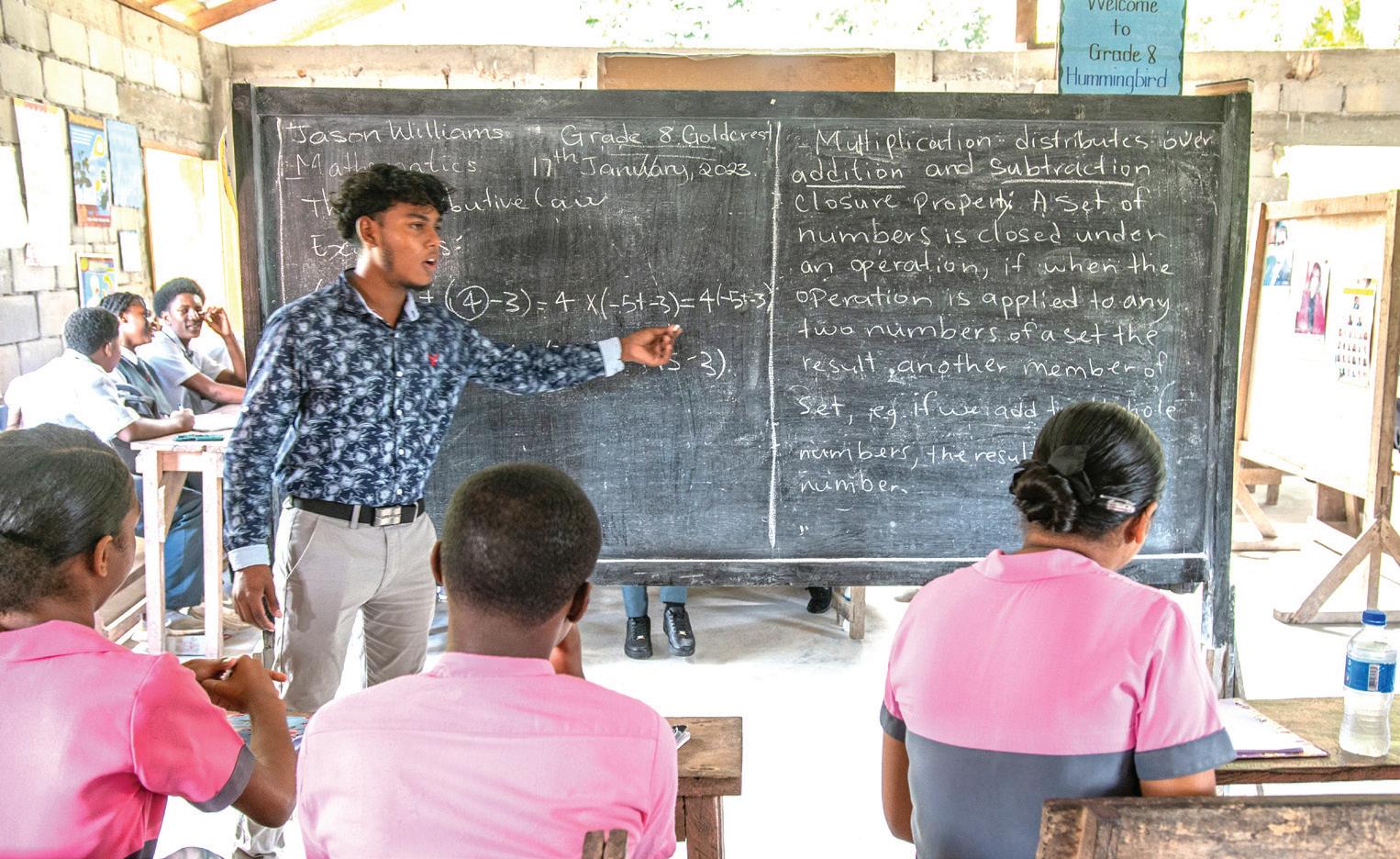
The young man is very excited about imparting knowledge and has a healthy appetite for broadening his scope in terms of his career; he aims to become a doctor or an accountant.
Wilson explained that teaching will greatly help him to ‘come out of his shell’ so to speak because he was very shy in school and wasn’t very outgoing.
Today, that part of him has evaporated and he is able to relate in the classroom setting and he is enjoying teaching.
The teacher stated that he is originally from Venezuela
and came to Guyana about four years ago and was a student of Alpine Academy.
Both his parents are Guyanese and are deceased and he resides with an older sibling, a brother at Soesdyke.
When the team caught up with Wilson, he was into his second week of teaching and at first he was a bit nervous, but after he realised he was capable, there was no need to doubt himself.
Wilson reported that he has 10 siblings, and both his parents had children outside the union and his family is large but nevertheless, he is thankful he has an opportunity to fulfil his dreams of teaching.

“I would like to be able to express myself better and to be patient before I even attempt to become a doctor to see patients. I know I can do it, but everything takes time,” he said.
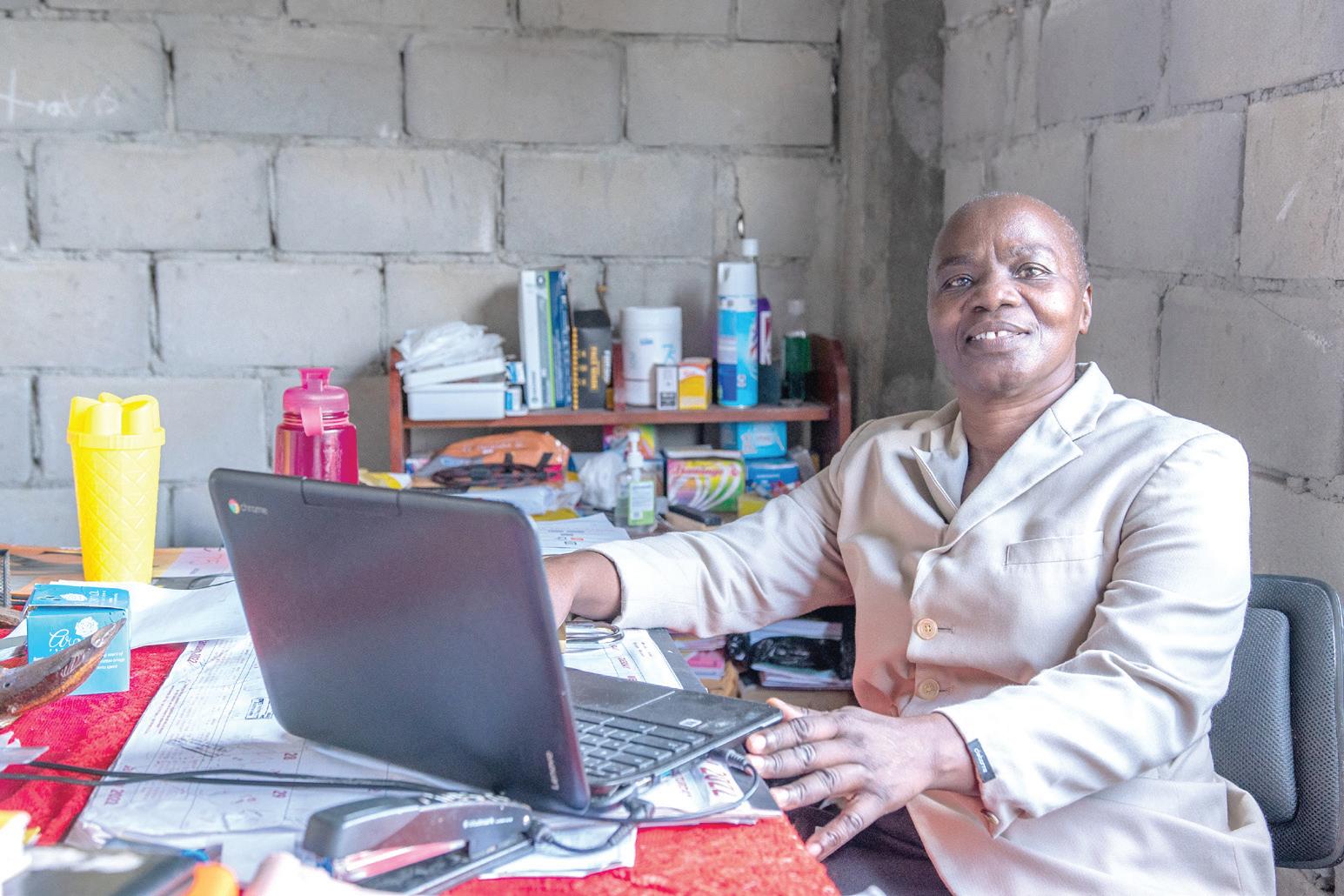
IX CHRONICLE PEPPERPOT ― Sunday, January 22, 2023
Gailann Samson of Alpine Academy (Delano Williams photos)
The young teacher, Delon Wilson
Alpine Academy Nursery
Delon Wilson in the classroom
Working from home is a blessing in
Timehri Hill for female shop owners
By Michel Outridge
WORKING from home is a blessing and a dream come true even though it may seem boring at times. It is the way to go for Lashawna Lawson, a resident of Timehri Hill, Red Ground Road, East Bank Demerara.
Lawson is a shop owner at Third Street, Timehri Hill, Red Ground Road and has been a village resident for the past 26 years.
The 34-year-old told the Pepperpot Magazine that she has lived most of her adult life in the village and, a few years ago, when the Chinese Supermarkets were established in Guyana, she had to quit her job in the city.
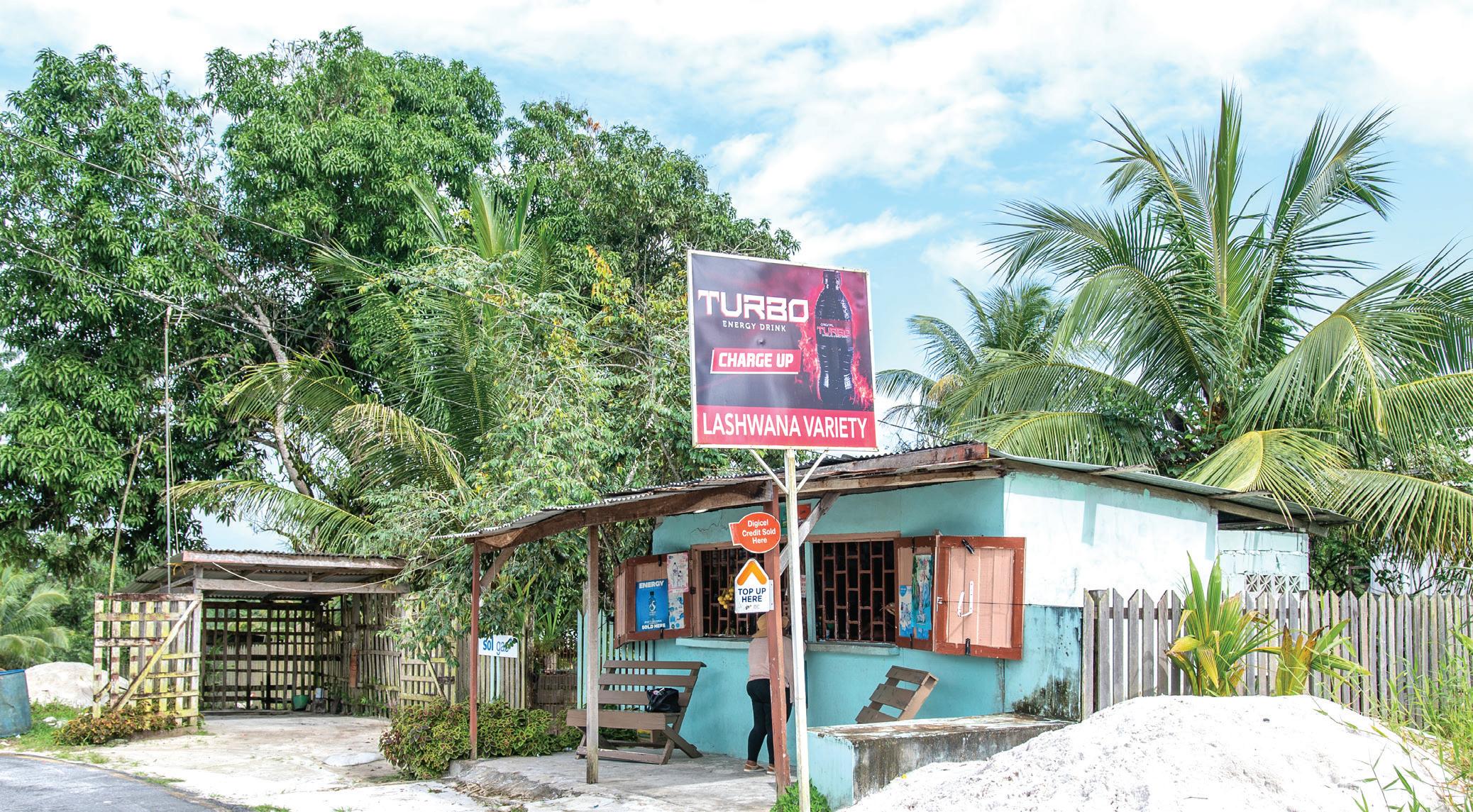
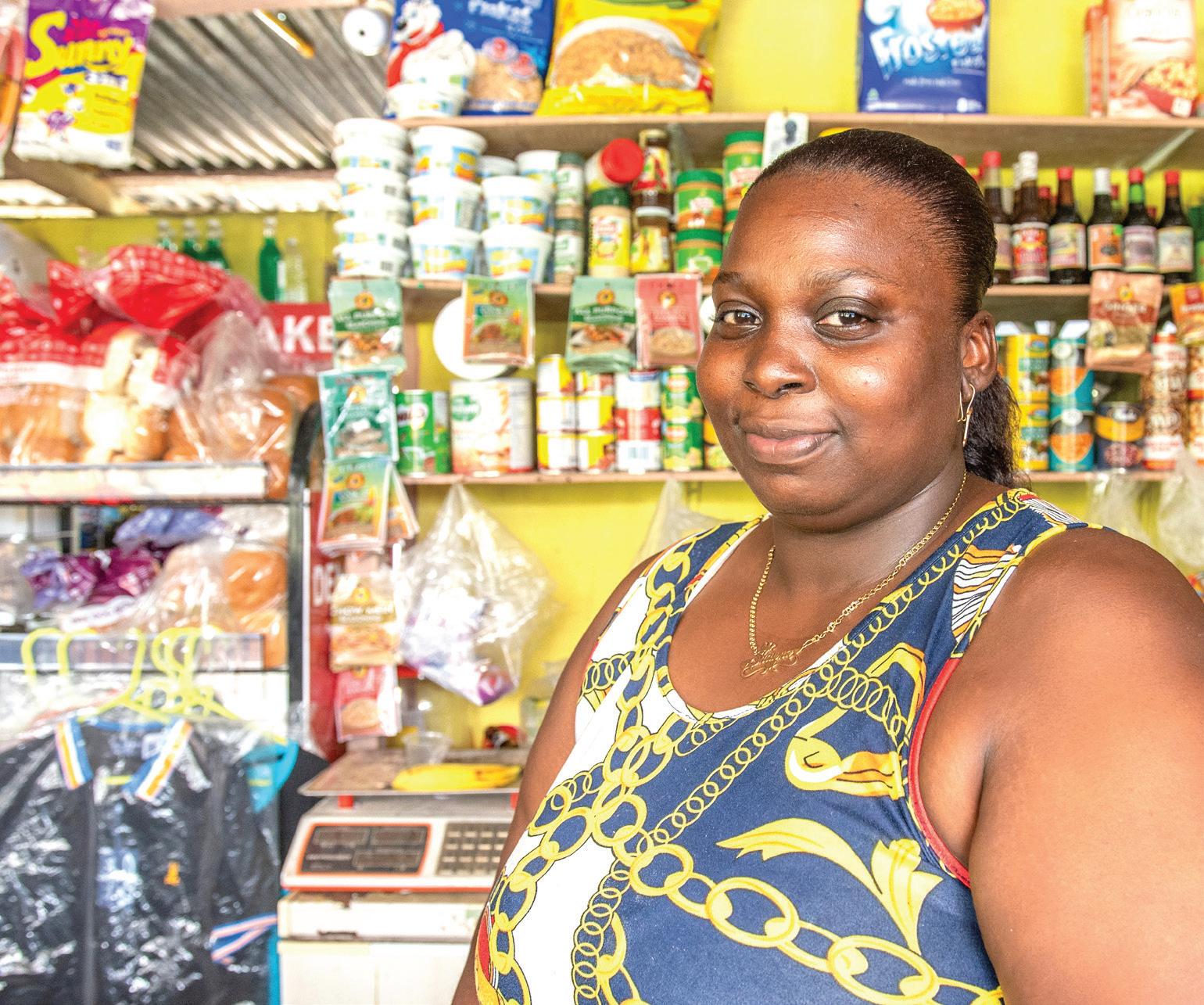

slow pace as it is.
The mother of two stated that she likes living at Timehri Hill because of the quiet peace it brings, the scenic views, sand dunes, hills and the overall space and tranquillity.
Lawson added that life in Timehri Hill is very different from that of the city and other parts of the country and, seven years ago, when she started her own small business, the locals of the village began supporting her.
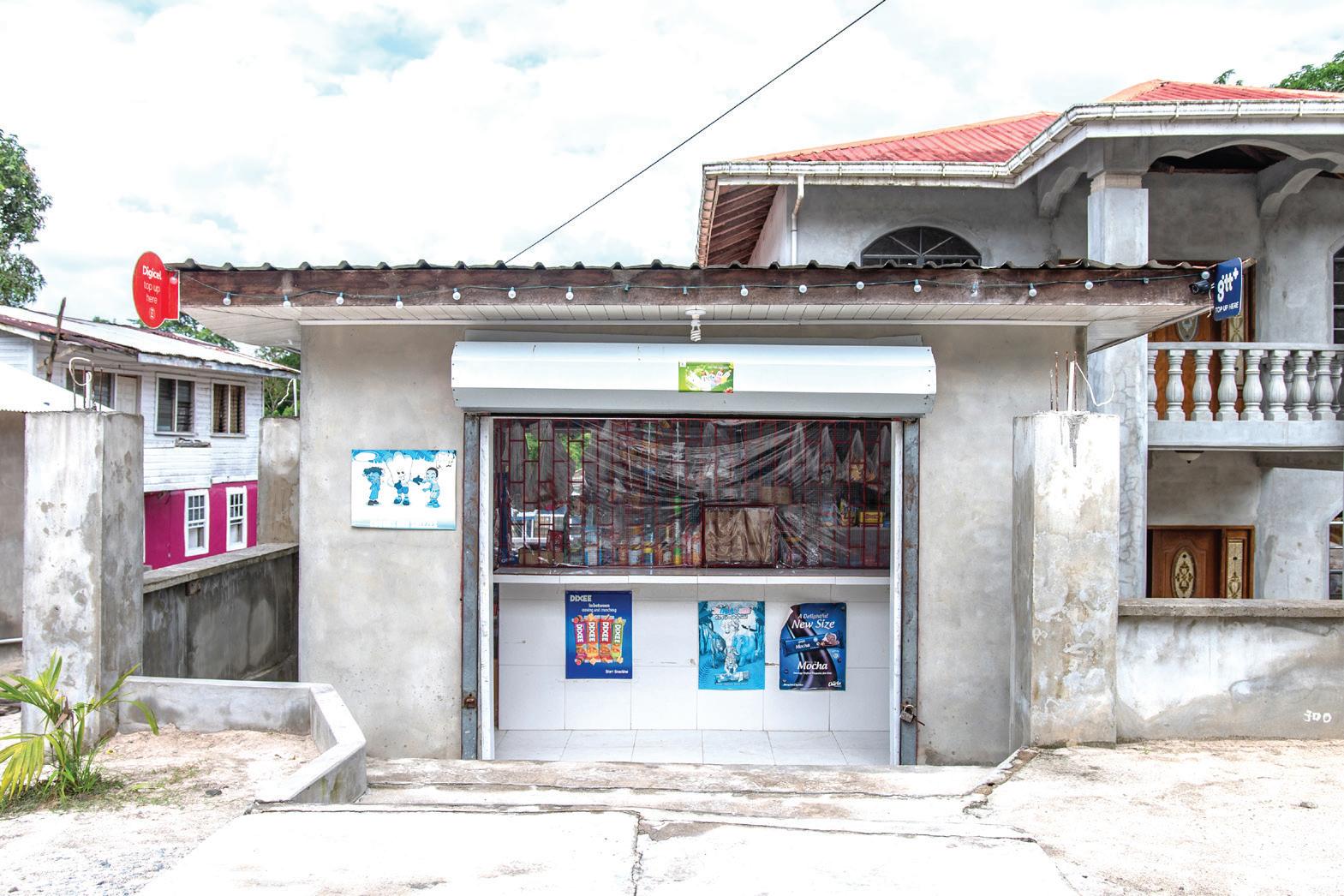
She reported that she would open late to accommodate customers and around month-end, when soldiers are paid, they would spend more.
Lawson’s shop has a variety of groceries, beverages and other things in stock.
the shop at her home.
Fung-A-Fat reported that canter trucks would pass through the village with much-needed items for the shop so she doesn’t really have to go out to source articles to stock up the shelves.
She noted that life was comfortable in her village and they had all the basic things needed for a good life and it was a very quiet area.
Fung-Aa-Fat told the Pepperpot Magazine that she sells water and cooking gas in addition to groceries.
The businesswoman noted that where she resides is a large yard with families. The settlement has 10 houses that go both up and downhill and it was nice to be surrounded by family members, includ-

tending to customers.
“It is safe here. Only the soldiers would pass through, the workers from the airport and a few newcomers but we know the locals and early they would leave for work
and return in the afternoon,” she said.
Transportation is via mini buses or taxis and the price depended on the distance.
Lawson explained that she was a vendor at America Street, Georgetown, selling costume jewellery and had to quit that small business due to a flood on the market that made it no longer viable.
It was then she pooled her savings and opened a small shop at her home in Timehri Hill and seems to have grooved in with the
Sonia Fung-A-Fat, the shop owner
Sonia Fung-A-Fat is also a shop owner and her small business is located on the Old Ice house Road, Timehri.
The mother of two told the Pepperpot Magazine that she has been married for the past 20 years and is a stay-athome mother, who operates
ing her mother, sister, aunts and uncles.
Fung-A-Fat related that the village is safe to live in and the people are very neighbourly and go about their daily lives well.
Her husband is a taxi driver and her children were at school, so she had time to prepare meals, tidied the house, and was in the shop
X CHRONICLE PEPPERPOT Sunday, January 22, 2023
Lashawna Lawson (Delano Williams photos)
Lashawna Lawson’s shop
Shop of Sonia Fung-A-Fat
ARCHITECTURE FOR THE NOW, FOR ENTREPRENEURS OF ALL AGES?
SERIOUS, relevant Ideas are taken for granted. Most of them evolve from uncomfortable experiences and not from magical sparks of sudden inspiration. At present, there are obvious external influences in everything we’re constructing for human occupation and otherwise. Our cadre of homegrown senior architects is silent out of frustration and disgust, to quote from a conversation recently. It didn’t begin where I am now. The gaff revolved around the absence of value placed on the broadside of the M.V Torani not so long ago, and if there were a movement of any type to preserve the excellence achieved and contributed to by Guyanese over the past60 years, much less200 years, to posterity; to conclude the need to be aware on the ‘M. V. Torani’ was the first largest ship built in the Caribbean in 1960, and the 75th launching carried out by Sprostons ltd. Since the company built its first vessel in 1949. If we cannot measure what we have done, then our self-esteem will always be subject to an inferior complex, that permits our readiness to be exploited, as true colonials are expected to be. Concerningthe question of architecture and its design for the current and future categories of home-located
business, which will be the option of the future, with the kind of businesses possibly not foreseen immediately but will emerge inevitably, carving out a significant niche in its infancy.

If our workforce is to be functionally sustained as traditional incomes dissipate, as with the once vibrant Water-front, the Sugar Industry, and a host of other once-specialistbusinesses like advertising agencies, printers, and more important the cottage industries of once dependable joiner shops, art galleries, tailors and seamstresses, lost to cheap but expensive in the long run low-quality footwear and clothing via internet and local foreign stores,(Foreign means outside of the Caribbean Cultural zone) who do not even sponsor a local Domino tournament as traditional local businesses are accustomed to do. The economics of foreign stores do not comply with a give back, at least not to the local populace, not even through a Christmas advertisement. Therefore, the criteria to engage foreign businesses who supply the bulk of cheap goods, some in areas that can be produced here, is a mystery outside of theirpaying taxes when engaging public exchange social participation.
When activities, as mentioned in the last paragraph,

are again activated as means of livelihood, even if they rent a house for production and living, when I say production, I am not talking about a factory. Still, it can be IT product development, photography, design of products that range from jewelry, craft items, kitchen accessories, music, T-shirt Graphics, pre-school or social finishing classes, or any of a dozen expressions that require a studio area to work in comfortably, that entails earning, while maintaining a secure home environment, which means not stumbling on décor or other territorycolonised legitimately by ‘the family’.
As a young man, it did seem that Guyana was going in that direction. Despite the ‘Oil Crisis shortages’ excellent produced peak caps were bought through Howes Street, Charlestown, Sheets were sown, batik and professionally done Tie-dye clothesexecuted locally were available, and Linco’san Aladdin’s cave produced clothing that traders took to the islands and made money while satisfying local markets. I was even alarmed to discover that Traders took my comics sold them for 12GY dollars at GNTC, and were being sold for $15US in the islands [it was 6GY$ per 1US$ at the time. The problem is that regardless of the High-end jobs that the Oil

XI CHRONICLE PEPPERPOT ― Sunday, January 22, 2023
SEE PAGE XXI
TORN PETALS II

SARAH was not sure how she would get justice and if her son should know the truth. Her abusers were the mother and father in his life from birth so she had to think of a good plan to expose them.
The Malhotras came from a long line of successful business people and she had nothing comparable to offer her son except the truth that she knew could come at a heavy price, but it could also bring inner peace and closure. The past she had kept buried in the depths of her mind but seeing her son brought it back to life.
“What’s the reason for this?” she questioned herself, “New chapters of my life?”
The old chapters she had ripped up in her mind and thrown away after she became Sarah. Those pages were
filled with tears, pain, and suffering for a young girl named Reshma, who just wanted to live a simple, beautiful life.

“Dreams that never found me,” she expressed, a pain in her heart.
Her family had lived in the throes of poverty and with her alcoholic father in and out of their lives, she had been forced to leave school at twelve years old. She worked different small jobs as a maid to help supplement her home with three other siblings. Then she got a lucky break at thirteen to work for a wealthy family where the pay was good.
The mistress, a beautiful, classy woman, seemed kind, letting her do light work that increased gradually but no one’s life is perfect. There were days when the mistress spoke to workers with harsh tones and days when she got
angry at something or the other.
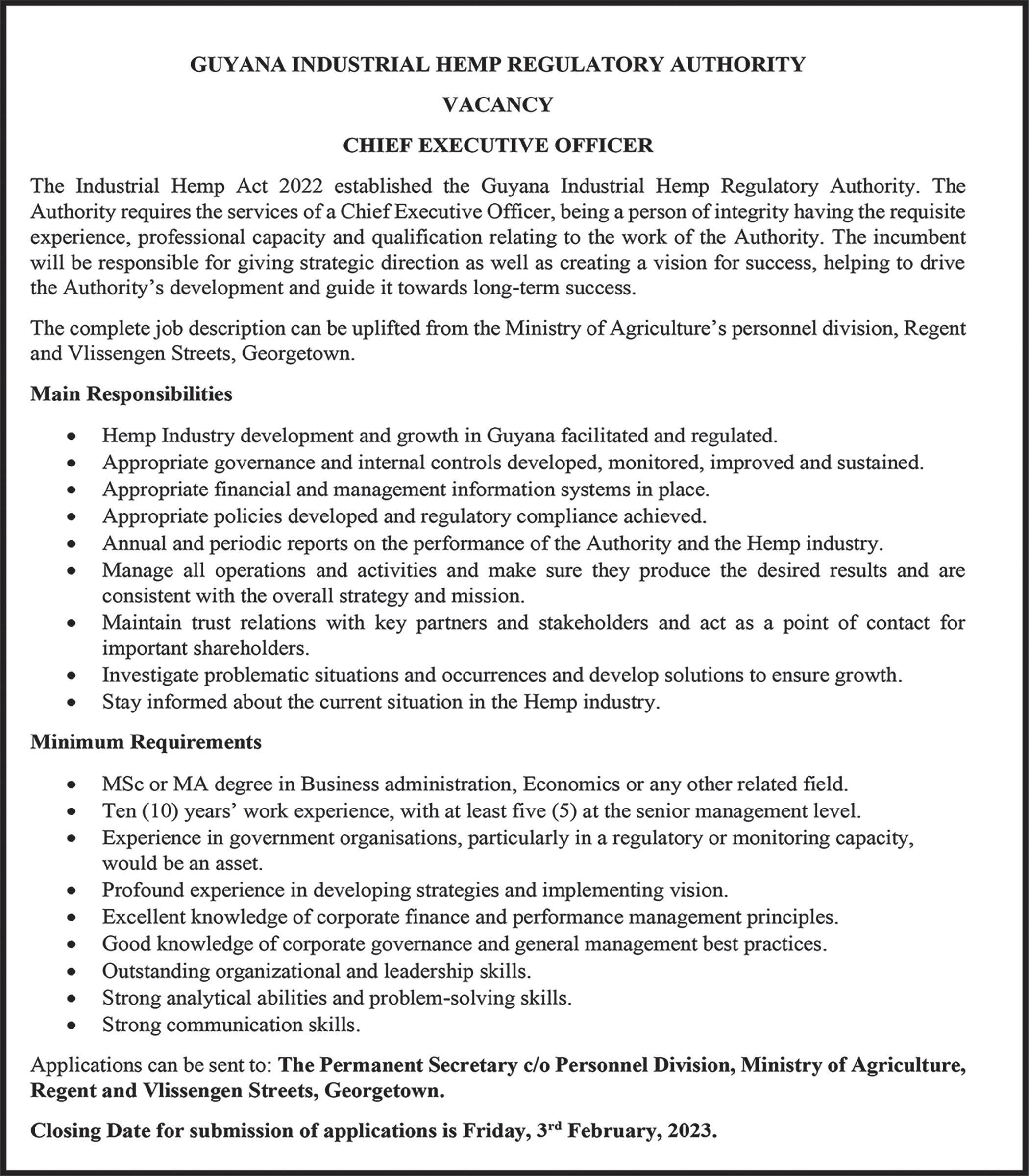
“It’s because ah deboss,” one of the maids whispered to Sarah one day.
“Why?” she asked innocently.
“He has girlfriends.”
“Oh,” she had responded surprised, “But the mistress is so beautiful.”
The woman had looked at her and smiled shaking her head.
“Yuh too young tuh undastan these things.”
Sarah had learned to adapt to the mistress change of moods, until one year later when the boss started looking at her with interest. It had happened when she had to work late one afternoon because two maids had been absent that day and the mistress had gone to a social.
“You are growing up quite nicely,” he had said with a smile, that made her tremble a little inwardly. She had heard workers speak of his arrogance and womanizing lifestyle. She had seen the wicked intent in his eyes whenever he was home and fear had started to grow within her. She wasn’t sure she could have spoken to anyone there so she told her mother. It shocked her that the mother did not see it the way she did, interested more in the money her daughter earned.
“This is what it means to be poor?” she questioned, heartbroken over her mother’s response.
Sarah continued to work wary of the boss’s advances. He was getting closer and she wanted to talk to someone but the maid she had built a nice relationship with had left the job and two others were dismissed in just a few weeks. New people were working in the house now, and with the mistress in and out at socials, it didn’t make things easier for Sarah in avoiding the boss.
The horror in her young life began just two months after her fourteenth birthday when the mistress was on vacation overseas. It continued on days when she was out until Sarah started to feel sick. She did not go back to work, helpless, not knowing what to do. Her mother, who had not been working for a while due to an accident on her leg berated Sarah.
“Wah we can do now, eh? Starve and die?”
Sarah had stayed in the house crying, unaware her mother had met with the boss and took payments to stay silent about her daughter’s pregnancy. She was still a child at fourteen, confused and scared about all that was happening in her life. Then things took a twist when the mistress sent for her. Sarah had trembled at the dark anger on her face and the insulting words that felt like stab wounds. She had no words to defend herself from the husband who abused her and the wife who blamed her.
The wealthy and childless couple soon decided to keep the baby as their own, given
XII CHRONICLE PEPPERPOT Sunday, January 22, 2023 SEE PAGE XX
Overcoming the stereotypes of hairstyle and hair colour

CHANGING one’s hair colour as a Guyanese girl or boy can be either great or unpleasant. The same can be said for certain hairstyles as well. People will either absolutely love your hair or they’ll frown and make judgements. Some people will applaud you for your sense of style, while others will not because they think otherwise. There’s simply no in-between. What I can say is that I’ve watched my mom (a hairstylist) style/colour hair ever since I was a little girl. With that in mind, I found that hair can be expressive—if you want it to be. It can be so many things for both men and women. For Afro-Guyanese, natural hair can symbolise freedom and courage. For Indo-Guyanese, long hair might be a symbol of tradition and patience. For an artist, hair might be a canvas to express one’s creativity. For the Rastafarians, dreadlocks can symbolise strength.
Personally, my hair has been a tool of expression. My “blonde” phase is my period of regrowth after tremendous loss. My “redhead” phase in 2018 was my revenge period. My green hair phase was my experimentation period. I’m writing this article to reassure you that not every human being who colours his/her hair a different colour than their natural one is a broken, low-esteemed individual. You can use makeup and colour your hair and still love yourself. Makeup, hair colouring, and styling-beauty care are more than what meets the eye. It’s not always about splashing colors on or keeping up with the trends. Sometimes, it is a genuine tool of self-expression, creativity, and even emotion channelling. You may not use your hair, face, or body as a way to express your art or emotions, but that doesn’t mean other people don’t or can’t.

I think most negativity surrounding hair colour changes or “misfit” hairstyles is the misconception surrounding this entire topic. One old but the helpful phrase I’ve heard many times before is that we should never judge a book by its cover. It’s an important conversation we need to have at all levels as this misconception is deep-rooted in stereotypes and even discriminatory attitudes towards people based on how they may choose to style their hair. I must commend the Ministry of Education for its efforts toward having this conversation in schools. Instead of a child being turned away from their classroom, an open dialogue between teachers and the parents can occur instead to discuss the way forward. I’m encouraging those of you reading this to join in on the discussions as well in your community. While I do acknowledge the fact that for certain venues and events, hair must be “appropriately styled”—I think it’s about time we reconsider what appropriate means for everyone. Your definition of the word appropriate might not work for the person next to you with a different background and hair type. As I’ve said before, styling one’s hair and even one’s entire physical appearance goes beyond what meets the eyes sometimes.
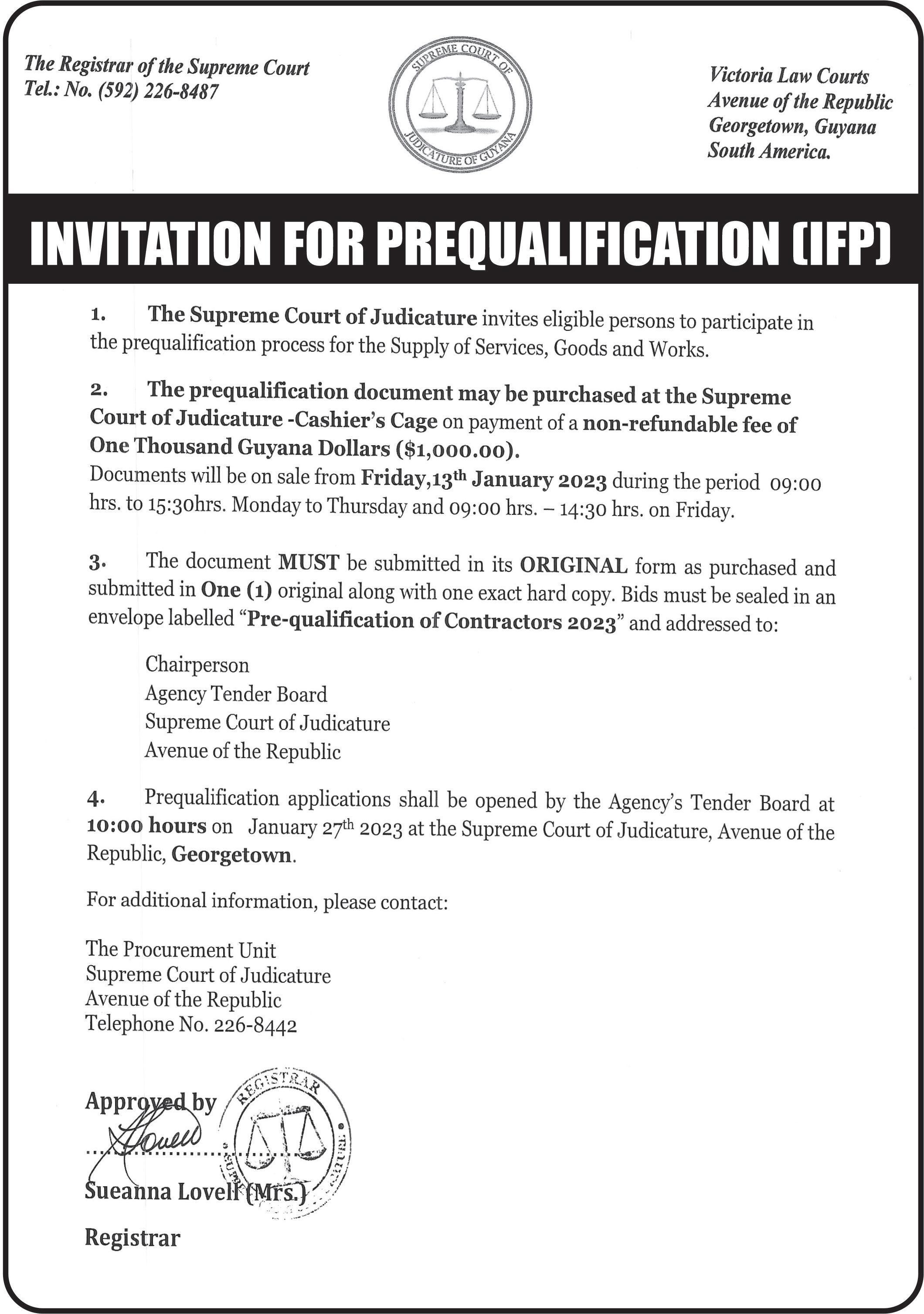
XIII CHRONICLE PEPPERPOT ― Sunday, January 22, 2023
GUYANA GUARDS ITSELF AGAINST THE DUTCH DISEASE

SINCE the discovery of Oil and Gas in Guyana, journalists and other public commentators, both locally and internationally, have been predicting that Guyana would inevitably be afflicted with the Dutch Disease. This occurs when all economic life becomes focused on the oil and gas industry since its revenues and incomes are so lucrative and that the other segments of the economy which once used to support the country would now be neglected, become uncompetitive and decline. When the Oil resources become exhausted, or there is a prolonged period of falling prices, the spectre of poverty would again arise and it will be exacerbated since all other industries would have fallen into decline.
The intelligentsia and those faced with managing the oil and gas industry are aware of the dangers of the Dutch Disease and have established a tightly protected Natural Resources Fund wherein the oil revenues would be deposited and withdrawn with transparency. Part of the funds would be kept for future generations and part would be used for current activities, which would include the long-desired injections of developmental capital into the social and economic life of the country. Investment in economic life would include Agriculture, Mining, and the creation of a manufacturing sector. Social spending would be made, among other areas, in raising the Health and Educational standards and subsidising costs for citizens, increasing pensions and wages, and giving grants for specifics and cost of living relief. The overall aim is to keep increasing the disposable income of citizens.
Before oil was discovered, the country’s main earnings derived from Agri-
culture which included the Sugar, Rice, and coconut industries and food and fruit crops, and fishing and Mining, which included the bauxite and gold industries; all these industries were always in the mode of struggle for investment capital. Now that investment capital has become available, the policy is to create a strong, sustainable and diversified non-oil economy.
Recently, Vice President Dr. Jagdeo has said that Agriculture is as important as the Oil and Gas industry, and in this offering, we will review how Agriculture is being strengthened and expanded to prevent any infection from Dutch Disease: Last year, 7 percent of the Budget was allocated to Agriculture which was $38 billion. This amount of funds was almost twice what was spent in 2020.
This money was invested into all aspects of Agriculture: introduction and development of new crops; development of traditional areas of Agriculture; development of Marine aspects; and investment in international cooperation and Marketing. The very able and proactive Minister of Agriculture, Hon Zulfikar Mustapha, has provided expert and forward leadership never before experienced in the Ministry.
Wheat flour is one of Guyana’s main imports and its shortage or absence leads to much suffering and the destabilisation of the political life of the country. The Ministry of Agriculture has been experimenting in Regions 8 and 9 with wheat cultivation, and several varieties of tropical wheat have been imported from Mexico. From all reports, the first crop of wheat would be reaped before the year’s end. If wheat could be grown economically, it would save the country much foreign exchange and may, in time, graduate to an
export crop like Rice.
Several other new crops have been introduced and these include soya and maise (corn), which have been planted along the Berbice River and in a few months, 1000 acres of soya would be reaped. Corn and soya are used for animal fodder and would be an import substitution. Several spices - ginger, black pepper, nutmeg, and turmeric have been successfully grown and their acreage would be expanded. Floriculture has been embarked upon with the cultivation of roses and in time the repertoire would include other flowers and orchids. The late Boyo Ramsaroop had established a profitable flower export trade and this resuscitation of Floriculture promises to be a profitable earner.
Coconut cultivation is being expanded to meet the insatiable world demand for coconuts and their byproducts. One of the byproducts, coconut oil, is now comparable to olive oil and is preferred over olive oil by a growing number of consumers. To improve the cultivation, 1000 Brazilian high-yielding dwarf seeds have been imported and are growing.
In addition to coconuts, the traditional crops of Rice and Sugar were addressed.

Rice production increased and additional drying floors were constructed in Regions two and four. A new market for packaged rice was found in Lebanon. Sugar began its slow revival and Rose Hall, Enmore, and Skeldon estates were reopened and approximately 1500 workers were employed. The mechanisation of the factories is progressing and the expansion of the packaging plant at Blairmont will soon be completed.
Agriculture requires ef-
XIV CHRONICLE PEPPERPOT Sunday, January 22, 2023
SEE PAGE XX
We can make the most of the time WE have left!

I HAD a very inspiring session with some people who have grown through my programme in 2022. One of the things we discovered was how important every second is our 24 hours to our vision. Time is the only resource distributed, equally whether you are in London, New York, Tokyo,
continually make decisions that take you away from the desired goals or don’t take you towards them, time is passing by– time you can never regain.
INVENTORY YOUR ASSOCIATIONS
Humans are social be -
to the fulfillment of your destiny. Some people are just time-wasters, and on your journey to redeem the time, time wasters are your enemies.
Even if a friend isn’t taking you closer to your destiny, at least they shouldn’t take you away from it. And for those who aren’t taking you closer, you must spend less time with them even as you spend no time with those who take you away.
Identify and seek the friends that you need that can help you get to your destination faster and stick with them; they alone should you spend your time with.
REVIEW YOUR INVESTMENTS
An investment is a venture you put in resources and expect some returns at a later time. Whether knowingly or not, every day of your life you are making investments. Today is the return on the investment you made in the past.
that direction. Just like your decisions make your destiny, it is your investment that dictates your result returns.
You will want to make sure that what you are currently investing in will bring you the returns that you desire.
DO NOT TRY TO PLEASE EVERYONE
You should not try to please everyone, firstly because you cannot please everyone, and secondly because you should not please everyone. You daily have to decide between pleasing everyone or getting to your destiny. The decision to get to your destiny will not please everyone around
you, sometimes even those dear to you.
If the decisions that will take you to your destiny are not accepted by certain people, you must learn to stick with your destiny still, because those people can’t give you your destiny or might
Moscow or Guyana. No matter what profession you decide on, you will still have 24 hours every day. Our future is affected by how, when and where we invest time.


This week I will continue the content on time from Myles Munroe. There is a time for everything and a season for every activity under heaven (Ecclesiastes 3:1).
“ Make decisions based on your destiny
With your values set in place, to redeem time or make the most of your time, you must make sure all your daily decisions all play small important roles towards the fulfillment of your purpose or goals because the secret of your future is hidden in your daily routine.
Understanding that it is the little decisions that combine to make up your overall life will help you make the most of this. You can be sure already that if you

ings; we cannot live our lives without associations, but we must make sure we are leaving with the right associations. Not having any association is unhealthy, but having the wrong association is even worse.
To redeem the time, you must consciously examine
The resources you possess include time, energy, money, relationships, among others. To effectively invest these resources, you must identify what result you like them to bring and begin to tilt what you are doing currently to match and bring you to that return.
What do you want to
your current friends and the people you spend your time with and identify the contributions they are making
have used your energy to get in the next 10 years? Once it is determined, immediately begin to use your energy in
XV CHRONICLE PEPPERPOT ― Sunday, January 22, 2023 SEE PAGE XXI
UNDERSTANDING THE ENVIRONMENTAL IMPACT ASSESSMENT PROCESS
HELLO readers, as we continue to tread into 2023, we will take a closer look at the processes at the EPA and the Act which guide our operations.
The Environmental Protection Agency (EPA), as the body responsible for the management, conservation, protection and improvement of Guyana’s natural environment, is required to ensure that any developmental activity which may cause an adverse effect on the environment be assessed before such activity is commenced.
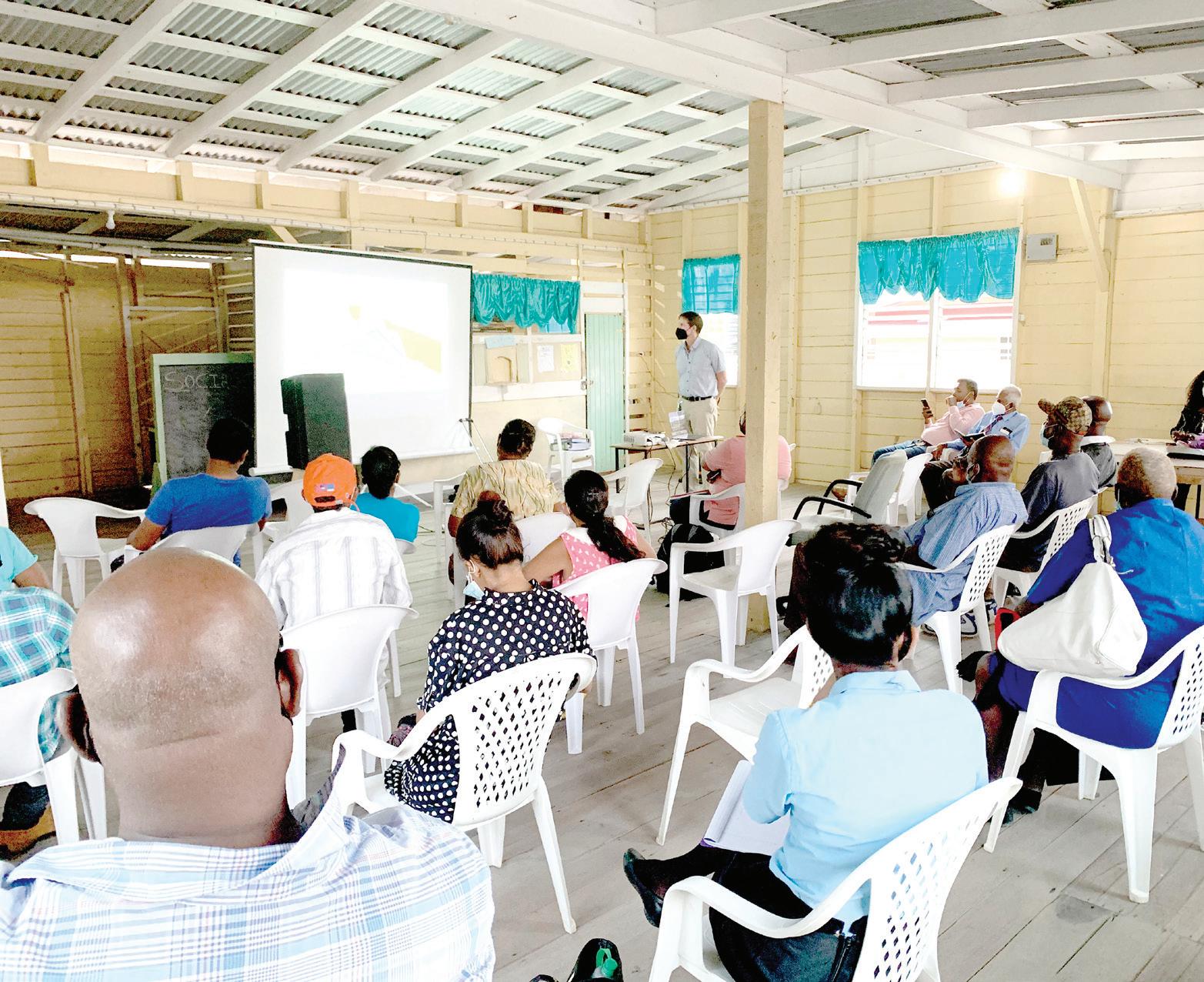
It is important to note that environmental assessments may take several forms. Therefore, the type of environmental assessment required for a particular activity is decided by determining the significance of the impacts of the activity on the environment.

When an Environmental Impact Assessment (EIA) is required?
An Environmental Impact Assessment (EIA) evaluates the environmental and socioeconomic impacts likely to arise from a major project. It is the process of identifying, predicting, evaluating and mitigating the biophysical, social, and other relevant effects of development proposals before major decisions are made and commitments made for providing authorisation.
There is a common misconception that the EPA should require an EIA for all projects or developmental activities. However, pursuant to Section 11(2) of the Environmental Protection Act, Cap 20:05, Laws of Guyana (EP Act), only projects which may significantly affect the environment will require an EIA.
A decision by the Agency to require an EIA will therefore depend on the environmental information available to the Agency, and whether the environmental impacts are minimal, reversible and capable of being mitigated.
What are some areas covered by an EIA?
The EIA should be able to identify, describe, and evaluate the direct and indirect effects of the proposed project on the environment including:
? Impacts on human beings;
? Impacts on plants, animals, species, and habitat;
? Impacts on air and water quality; and
? Impacts on cultural heritage, material assessment and the landscape.
EIAs are NOT CONDUCTED by the EPA. They are conducted by independent and suitably qualified persons who the EPA has approved.
Other forms of environmental assessments
The EPA has the power to request other forms of assessments. The EPA can require an assessment of the cumulative effects of certain activities pursuant to Section 17 of the EP Act, or an Environmental Management Plan, an Ecosystem Assessment, a Vulnerability Assessment, or such other form of information as may be necessary pursuant to Regulation 3 and 17 of the Environmental Protection (Authorisations) Regulations.
Not all projects require an Environmental Impact Assessment (EIA)
There are some proposed projects whose impacts on the environment can be so significant that in accordance with section 11(2) of the EP Act, an EIA will be required.
However, some projects, although they may be considered as large-scale projects, may require a less rigorous environmental assessment report such as an Environmental Management Plan (EMP) or a Cumulative Impact Assessment (CIA).
In instances where an EIA is not required for seemingly large-scale projects, it simply means that:
? The EPA has sufficient environmental information in its database;
? The possible impacts are known and are capable of being sufficiently mitigated; or
? The potential environmental impacts are minimal or reversible.
EIA not required does not mean the project is approved.

The decision that an EIA is not required is an initial step in the authorisation process.
The decision as to whether a project is approved or rejected is made after further considerations, such as submissions made
XVI CHRONICLE PEPPERPOT Sunday, January 22, 2023
SEE PAGE XVII
UNDERSTANDING THE ENVIRONMENTAL ...
FROM PAGE XVI
by the public, are taken into account. Where the Agency approves an application for an environmental permit at the end of the environmental assessment process, the Agency issues to the developer an environmental permit containing such conditions which are reasonably necessary to protect human health and the environment. Notably, the project is continuously monitored to ensure compliance with the conditions of the permit.
Public participation in the EIA process
Access to information on EIA projects
EIAs and other project information (project summary etc.) are available on the EPA’s website. After the EIA and EIS are submitted to the EPA, the public is notified via media notices. An environmental permit for an EIA-required project is announced in the press again.
Your involvement is a legal requirement.
The Environmental Protection Act Cap 20:05 requires that members of the public be consulted during the EIA process. Before any environmental impact assessment (EIA) begins the Agency publishes a notice of the project and makes available to members of the public the project summary. In accordance to Section.11. (7) Members of the public shall have twenty-eight days from the date the notice is published to make written submissions to the Agency setting out those questions and matters which they require to be answered or considered in the environmental impact assessment.
Further, during the course of the environmental impact assessment the developer and the person carrying out the environmental impact assessment shall: -
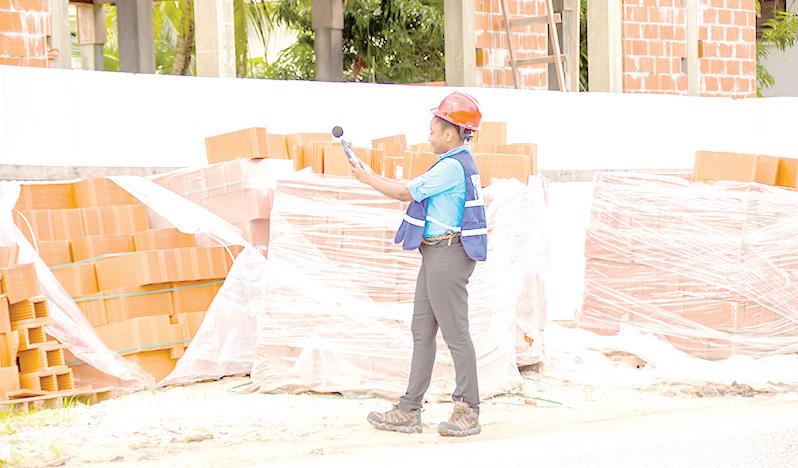
a) consult members of the public, interested bodies and organisations;

b) provide to members of the public on request, and at no more than the reasonable cost of photocopying, copies of information obtained for the purpose of the environmental impact assessment.
The public has 60 days after the notice of submission of the EIA and EIS to evaluate the documents and send the Agency questions, concerns, and comments.
Why you should be involved.
People benefit from attending public meetings since it provides a forum for opinions to be heard and considered in the EIA study. Information on the project is shared during the process so that people can learn how a project will be operated and possible ways it will be of benefit to them. Participation in public meetings increases the capacity of people to be in-
volved in environmental decision-making by helping to shape a project through their questions and concerns. Participation also provides an opportunity to contribute to safeguarding the environment and human health from potential harm.
You can share your ideas and questions by sending letters to: “Our Earth, Our Environment”, C/O Communications Department, Environmental Protection Agency, Ganges Street, Sophia, GEORGETOWN, or email us at: eit.epaguyana@ gmail.com. Follow us on Facebook and Instagram and subscribe to our YouTube channel.
XVII CHRONICLE PEPPERPOT ― Sunday, January 22, 2023
Fuelling the Wales Gas-to-Energy project
BY now, I’m sure we’re all inundated with stories on the 2023 National Budget. And if you follow Parliamentary proceedings, you’d know that we still have a few more weeks to go as Guyana’s lawmakers go through the budget debates (starting tomorrow) and the budget estimates. Still, I wanted to talk about one specific project that received a substantial budgetary allocation in the budget presented by the Senior Minister within the Office of the President with responsibility for Finance, Dr. Ashni Singh. That is the Wales Gas-to-Energy project.
There has been much talk about this project over the past two years. As its name suggests, the project will be established in Wales on the West Bank of Demerara (WBD), Region Three (Essequibo Islands-West Demerara) and, in summary, hinges upon the use of natural gas produced in the oilfields offshore- for energy generation on land.

In the 2023 Budget, $43.4 billion was budgeted to facilitate the construction of a power plant and associated facilities there. That is certainly a significant sum and it goes to a project that is poised to be the single largest investment in Guyana’s energy sector
In this column, I’d like to zero in on this project focusing on three key areas: its energy generation potential, its role in Guyana’s energy transition efforts, and finally, its appeal.

First off, it is important to establish that Guyana’s energy needs are projected to triple by 2025. With several sectors of the economy expanding and expanding so rapidly, this should be no surprise. Now, the Gas-to-Energy project promises to help meet that demand by introducing a whole supply of energy- that is, from a 300-megawatt (MW) natural gas-fired power plant.
Not only that this project will introduce a newer, much-needed supply of energy, but it is also expected to do so at a cost much lower than is currently paid to produce electricity. Currently, most consumers across Guyana pay about 30 cents per kilowatt hour for electricity (and this is among the highest rates in the Caribbean). With energy from the new project, Vice President, Dr. Bharrat Jagdeo, believes that consumers would pay about 5 cents per kilowatt hour for electricity. The government promises that, at the very least, consumers’ electricity rates would be slashed by half. And this is expected to spur Guyana’s manufacturing sector, which has long been beset by the high cost of energy.
But let’s also talk about this project’s role in Guyana’s energy transition efforts. Globally, countries agree that energy needs should shift from environmentally-harmful sources (fossil fuels like diesel and coal) to more environmentally friendly, renewable energy sources like solar, wind, and hydropower. Many countries, like Guyana, agreed to transition away from those harmful energy sources. And this project, according to various government leaders, including the Vice President and President Dr. Irfaan Ali, is expected to help Guyana do just that. Based on the country’s revised Low Carbon Development Strategy (LCDS 2030), Guyana will phase out the use of about 70 percent of non-renewable fossil fuels by 2027 through an energy mix of natural gas and renewable energy sources.
Many don’t agree that harnessing natural gas should be a local priority since natural gas, though less harmful than fuels like diesel, is still a fossil fuel. And by it being a fossil fuel, it conflicts with Guyana’s long-standing environmental stewardship (as oil production offshore seemingly does) and adds to the ongoing climate crisis. These are fair positions to adopt, given that the oil and gas sector has historically been
XVIII CHRONICLE PEPPERPOT Sunday, January 22, 2023
SEE PAGE XIX
Residents of Timehri Hill talk daily ...

FROM PAGE VII
adequately,” she explained.
Lewis doesn’t have any electricity nor potable water supply and her living conditions are not good.
Vincent Class
Vincent Class is a resident of the Old Ice House Road, Timehri and he has one of the best-kept yards and home in his street.
The 60-year-old maintains a lovely flower and plant garden in his yard and also has a kitchen garden in the backyard.
Class told the Pepperpot Magazine that he is a native of Endeavour, Demerara River but left that riverain village more than 27 years ago due to schooling for his three children.
He stated that he wanted his children to go to good schools and he decided to leave in search of a better life.
Class said he is employed as a security guard at Bounty Farms Limited, works the night shift, and is at home during the days to prepare meals and take care of things in and around the home.
“I like the quietness of this place and the space as if in nature and it suits me just right because the people around here live well with each other and there is no need for fence and such things,” he said.
Class would pick up the discarded pieces of plants and flowers from his workplace after the gardener would
complete making his rounds on the grounds and he would set it in his yard.
As such, he has amassed dozens of plants and flowers, enhancing the environment.
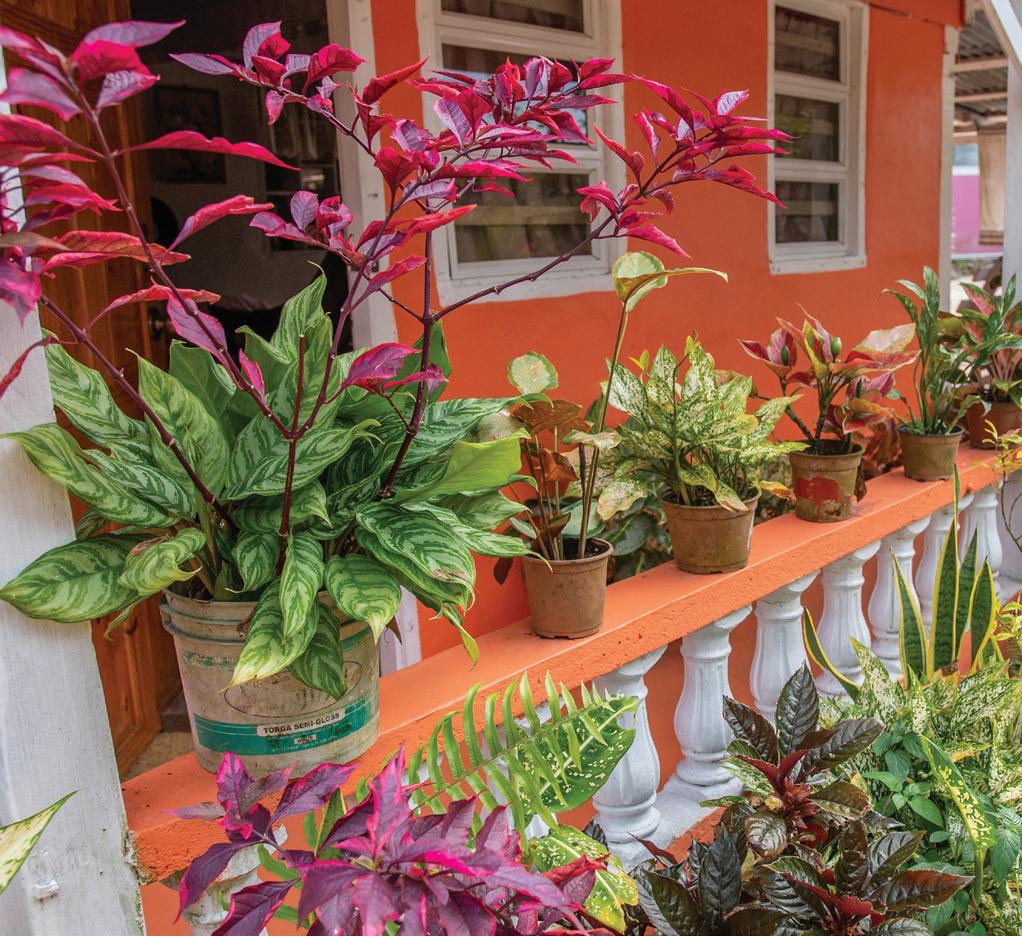
In the backyard, Class has a cultivation of bora, corilla, plantain, boulanger and tanya.
Class has a pet dog, Chase, for about a year now and that dog is in charge of security in the yard he (Class) shares with his daughter and her family.
Fuelling the Wales Gas...
FROM PAGE XVIII
a notorious contributor to climate change. The argument against this is that even though Guyana may be contributing harmful emissions now, those emissions are still far lower than the amount of carbon dioxide trapped by the country’s lush, intact forests.
And that brings me to my final focus, the appeal of this project. In a general sense, conversations on `new oil and gas development in developing states increasingly consider equity and fairness. It has been argued that Guyana, for example, has not contributed to the climate crisis because it has not emitted large amounts of harmful gases, and its trees have trapped those gases emitted globally. Still, the country is challenged by rising sea levels, something set to worsen with the climate crisis. So with the chance to make money needed for climate mitigation and adaptation, Guyana seeks to capitalise.
Bringing that conversation down to a community level, in Wales, it is important to recognise that this project is appealing because of its appeal to the community. A once-bustling sugar estate in this community was shut down in 2016, leaving many residents and other surrounding communities jobless and forcing businesses to shut down or migrate. Now, with a hive of activity expected, residents of the community and the region are optimistic about their prospects.
With contracts inked and allocations being made, I think it is obvious that this project is steaming ahead. While there is much to consider about this project, especially on the environmental front (including factors I have not addressed here), this project brings with it much hope. And as it rolls ahead, I hope that people will feel the tangible benefits promised.
If you would like to discuss this column or any of my previous writings, please feel free to contact me via email: vish14ragobeer@gmail.com
XIX CHRONICLE PEPPERPOT ― Sunday, January 22, 2023
A section of his flowers
TORN PETALS...
FROM PAGE XII
Sarah was too young and poor to care for a child. She could now not return home but lived with them until the baby was born. It was like living in hell for the mistress now hated her and abused her verbally and physically.
“Those were the days when I wanted to die.”
Sarah closed her eyes and inhaled deeply to stop the dark memories.
The next day after wrapping up the sessions at schools further down the East Coast, Sarah and her team returned to the hotel late in the afternoon. The receptionist informed her that someone was waiting in the lounge for her. She was surprised to see it was Aryan.
“Hey, why are you here?”
“I--I needed to see you before you go back.”
She smiled to put him at ease and sat down, “Are you here alone?”
“Yes, my driver is waiting for me.”
She felt a surge of happiness seeing him again and asked, “Why do you need to see me?”
“I—I don’t know, I just had the strange feeling that I need to see you and tell you the deep interest you showed during the discussion kind of impacted my mind.”
His words gave rise to an emotional feeling within her and she swallowed a little before responding to him, “I’m happy it meant that much to you.”
He handed her a book, “I also wanted you to have this, it’s a book of poems I wrote.”
“That’s wonderful, thank you.”
“After you read it, maybe you can give me a review.”
“I definitely will.”
He handed her his card, “Looking forward to that.”
She watched him leave and said to herself with a confident smile, “And this is how it starts for me to get justice, through my son.”
To be continued…
GUYANA GUARDS ITSELF ...
FROM PAGE XIV
ficient drainage and irrigation as well as several good roads. The pump stations and sluices throughout the Agricultural areas have been rehabilitated and much work has been done on the roads, in particular the farmto-market ones.
Fishing was supported, and fisher folk received over $ 1 billion grants, which they would use to rehabilitate their boats and engines. Cage culture for fishing was introduced and eight cages were acquired. Brackish water shrimp production increased and a Prawns project was being developed at Onverwagt.
Livestock development continued with the importation of several hundred Black Belly sheep from Barbados, and over 60 bulls from Texas for genetic improvement, and a modular pig slaughtering and processing facility was established at Garden of Eden.
The Ministry of Agriculture personnel and other agriculturists attended several conferences in the Caribbean and Latin America and were able to establish useful networking, some of which with potential investors. A Guyana/ Barbados Food Terminal was established in Barbados which would assist in marketing Guyana’s agriproducts.

CARICOM also accepted Guyana as the main supplier for its $ 5 billion food market.
The successful efforts in Agriculture over the last year are a clear indication that Guyana’s economy will remain diversified and profitable and that Dutch Disease will not be infecting this country.
XX CHRONICLE PEPPERPOT Sunday, January 22, 2023
We can make the most ...
FROM PAGE XV not even be in your destiny.
If you allow how they feel determine how far you go, you are only surcharging yourself. You aren’t responsible for how everyone feels. People can choose to feel good or bad no matter what you do, So it is really not about you. It is about them.
However, not everyone can be against your destiny. If everyone is against your destiny, you should re-examine what you are chasing.
FORGET THE PAST AND PURSUE/DESIGN THE FUTURE
Brooding over, regretting, or celebrating the past only keeps you away from the future. The job of the past is to guide future action; it should not determine your future. That is, just learn from your past but don’t stick with it. One thing you must always know about the past is that it is past. There’s nothing you can do to change it, but there’s something you can do now to change the future. However, if you don’t take action towards the future now, the future will follow the nature of the past– it will just pass by and be out of your control.
KEEP THE FUTURE UNDER CONTROL BY CONTROLLING THE PRESENT
You should also learn that it is not only past regrets that keep people away from their destinies, past success also keeps people away from success. The greatest enemy of success is not failure, but previous success.
Instead of spending all your time celebrating and praising yourself for the successes you have gotten, focus on getting the next success, because whatever you have accomplished is no longer your potential.”
You can’t get back time that is gone, but you can make the most of the time you have left. The central key towards maximising time is by taking conscious and calculated steps. Do not leave anything to chance, instead consciously ensure that every decision you make brings you closer to your destiny or desire to goal.
I encourage you to share this info with someone as we continue to celebrate this beautiful journey called life BEYOND THE RUNWAY
ARCHITECTURE FOR THE NOW,...
FROM PAGE XI
Industry will require ongoing, the majority of citizens need to live now. Most of those Oil Jobs in the interim will require experience in fieldsthat we don’t have. Thoughthe Oil industry will initiate many new local career opportunities shortly, we must diversify. I’m reflecting on a different cottage industry performance stage in past Guyana. The reality is that the potential still exists. What we need is a legal framework, with active involvement between authorities andskilled personalities towards the organising of Cottage Industries/ Cultural Industries/ Small businesses as the past collective represented. The challenge of
Guyana from now rests with the standards of Architecture and design to accommodate home businesses, which represents in some Metropolitan countries (last time I checked in the USA before COVID; 40 percent of businesses were home located).
In closing, I pay attention to Architecture because it was a schoolage desire. Fate dictated otherwise, so I’m aware that each era commands a new expression. With the impact of technology on production and effective clarification-based communications, and the realisation of climate change, it should not be very difficult to envisage the potential and its possibilities.

XXI CHRONICLE PEPPERPOT ― Sunday, January 22, 2023
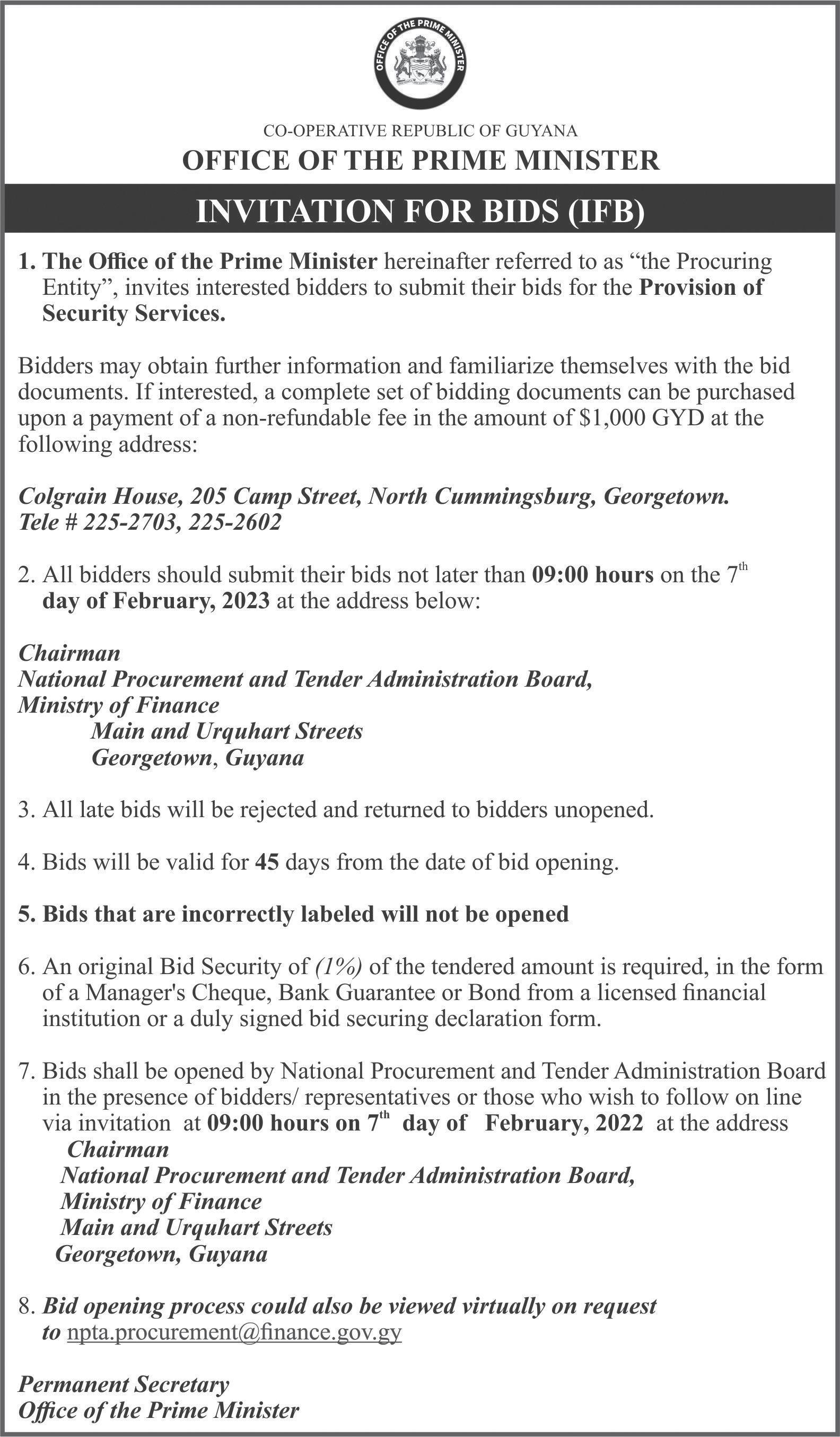



XXII CHRONICLE PEPPERPOT Sunday, January 22, 2023
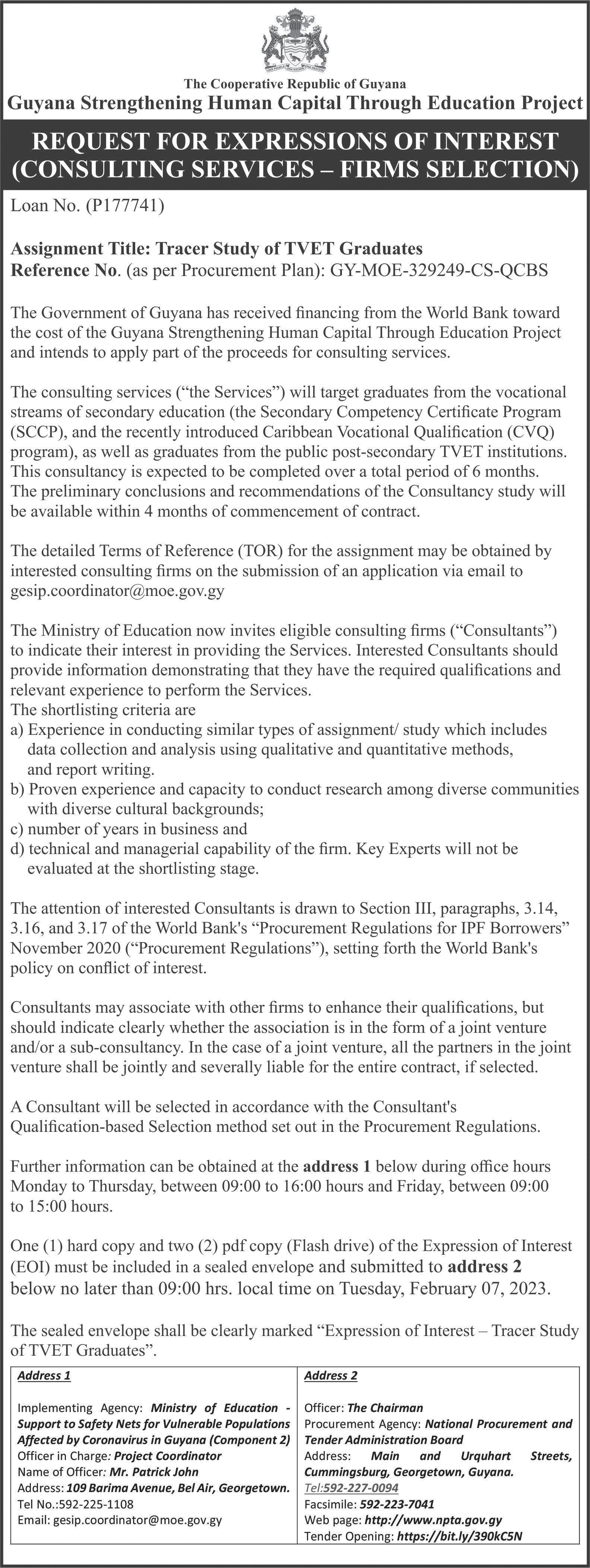

XXIII CHRONICLE PEPPERPOT ― Sunday, January 22, 2023




XXIV CHRONICLE PEPPERPOT Sunday, January 22, 2023



XXV CHRONICLE PEPPERPOT ― Sunday, January 22, 2023




XXVI CHRONICLE PEPPERPOT Sunday, January 22, 2023

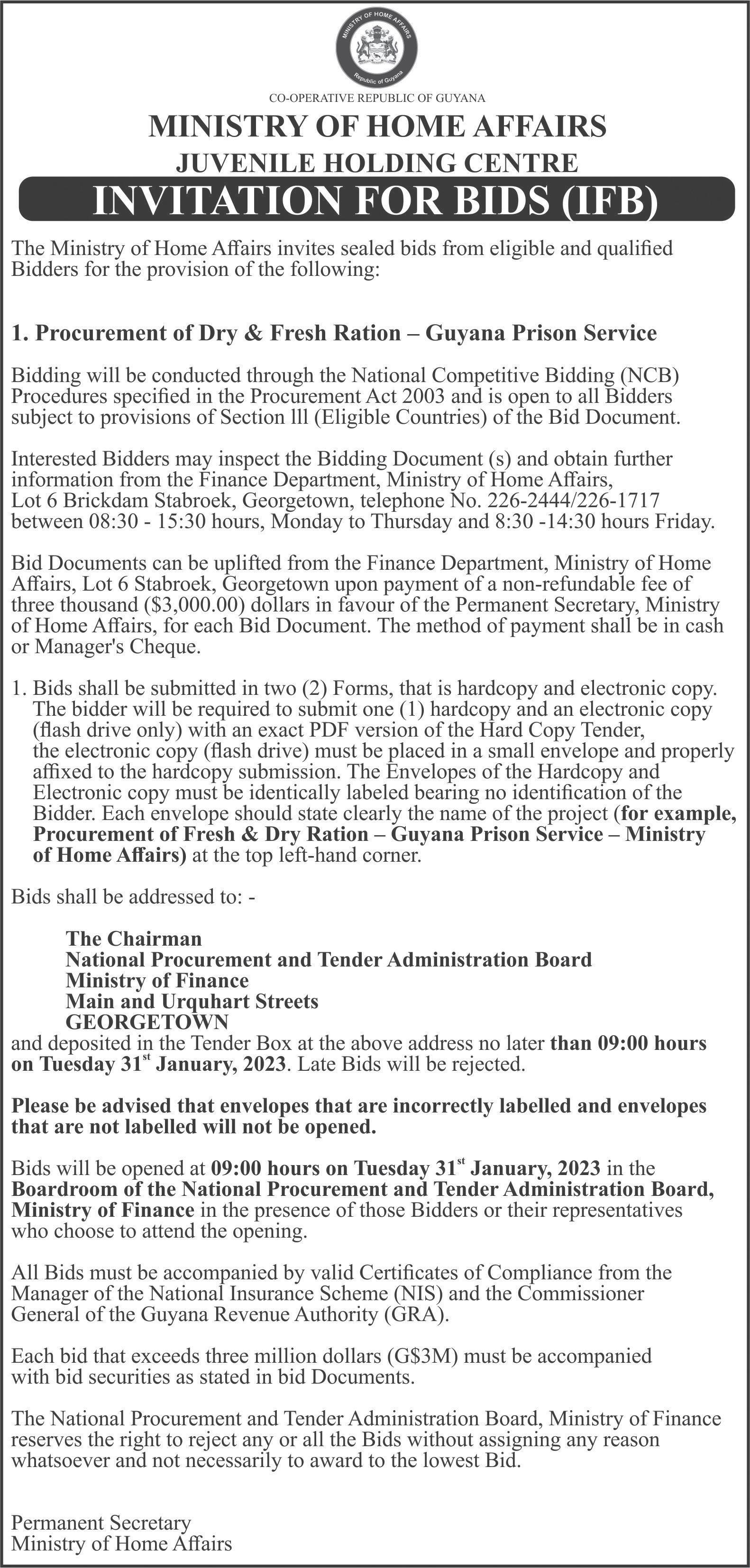

XXVII CHRONICLE PEPPERPOT ― Sunday, January 22, 2023
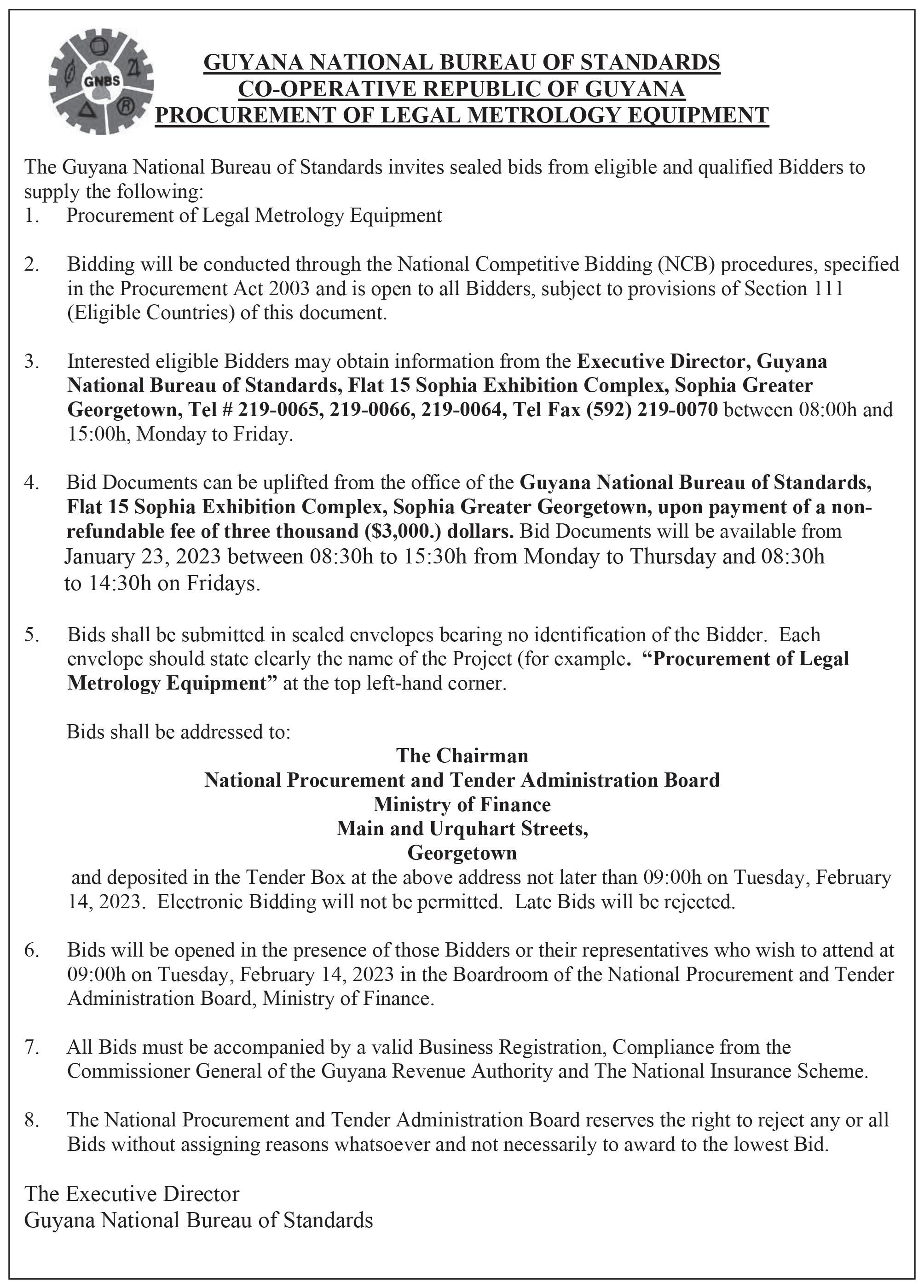



XXVIII CHRONICLE PEPPERPOT Sunday, January 22, 2023
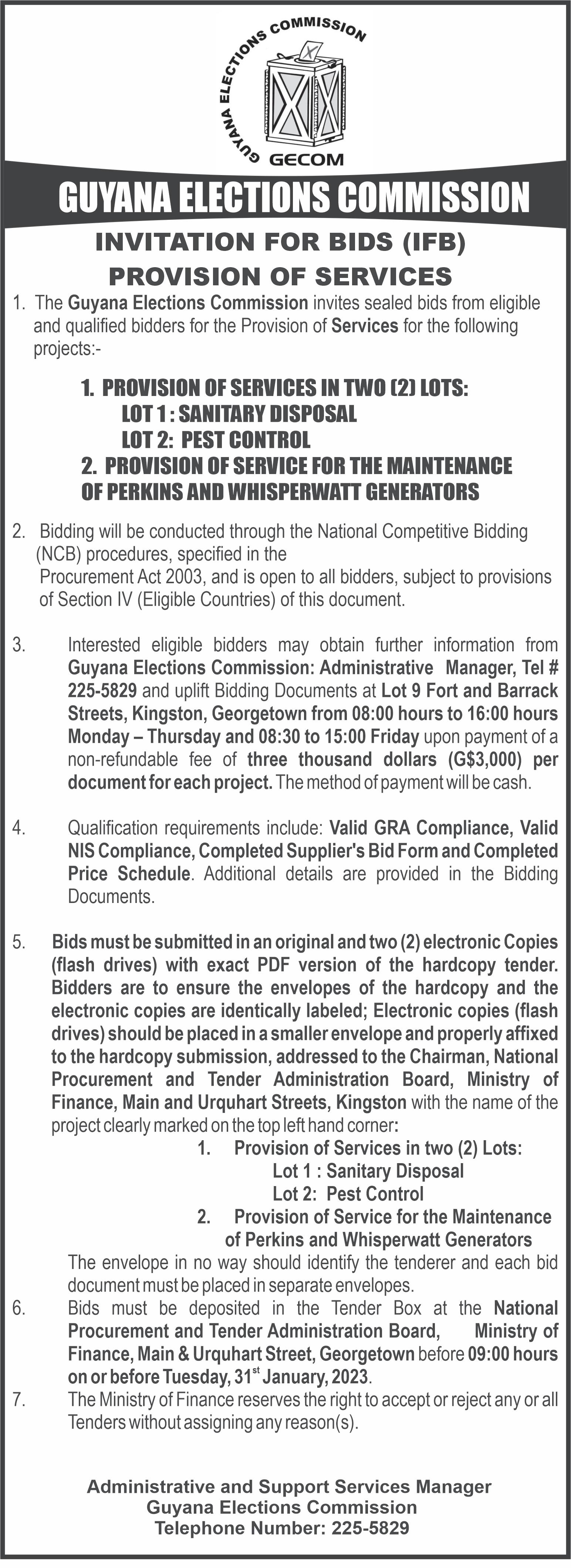

XXIX CHRONICLE PEPPERPOT ― Sunday, January 22, 2023
THOUGHT FOR TODAY
What is written without effort is in general read without pleasure.
SAMUEL JOHNSON (1709 1784) Johnsonian Miscellanies (1897), Preface
STUDY SUCCESS
Dear Student, Welcome dear friend. When you are paraphrasing a text, read it well and then make intelligible notes. Be certain to choose the words that carry the meaning of the original context. Use much of your own words and expression. Employ synonyms also. A paraphrase is not indented a few spaces from each margin or set off by
January 22, 2023
quotation marks. The product can be longer or shorter than the original text. Give proper credit to the source. Be wise.
Love you.
WRITING STORIES
Discovering sources of stories
Storytelling can be one of the most natural kinds of writing, dear ones. You tell stories in conversation all the time, and sometimes just for the fun of it. All human experiences generate stories.
How things just happen is always an interest to us. Things happen as though they had been plotted by the best of storytellers. Just tell. You are not required to point out how things happen.
When stories are told you shape them to tell things in a certain way. A good story hardly needs altering. When your story is good you know it and feel happy. You know also when it connects with your reader experiences.
Storytelling is best when connected to your life’s experiences as a source, but that is not all; do other little things to encourage reader attention.
Keeping a journal of stories is a helpful suggestion. Writers are not magicians. Their material comes from somewhere. It comes from incessantly recording about the human condition on the backs of coasters, on paper napkins, in notebooks, journals, on discarded paper of all sorts.
Write out your stories when something interesting happens to you, or someone you know, or something that happened that you were witness to. Write whatever comes – whatever it is – to keep a detailed memory of the event and all feelings attached to it – whatever the particular “voice” prompts. Get the event down so you can share it with others. Even the family photo album can be a rich source of events.
Something to Do Choose THREE events from your journal that you are quite willing to talk about. Then supply lots of details and become involved in the events again, as you tell each. Find ways to add, embellish, or alter the tales here and there as you go.
IMPROVING WRITING
Beginning to tell a story somewhere in the middle
Sometimes a writer would rather begin telling his story somewhere in the middle instead of at the beginning. He then proceeds to place his main character in a knotty situation (a conflict) from which there seems no ready escape. He then makes the character put on his thinking cap and reason how he really got himself in the difficulty, thus the writer tells the reader the beginning of the story at this point. From there on the writer works out a solution to the problem and brings the story to a climax and end.
Make certain that there is a real conflict going on between (a) persons, (b) people and ideas, (c) people and circumstances, or (d) a man and himself. This struggle may be mental, moral, or physical – or all three.
Look at the simply written passage below. It is an example of beginning a story somewhere in its middle. But have you ever used this technique? It must have been exciting to use!
Jennifer Crowe sat in the forked branch of a large mango tree and looked down. Fear filled her heart as she saw the village bully with his baseball bat doing his round of duty at his uncle’s mango and orange farm. Shamma, her little brother, was trying to entice the tormentor away from her direction with a freshly baked ‘redbelly’ roll he just received from his mother. But the older boy would have none of it. He only yelled that he was sure he saw someone sneak in through the back fence doing it decisively so the intruder should know that he is around to stay some time. Jennifer heard him.
The brilliant fifth former began to regret with shame that she had ever allowed her beloved little brother to send her on such a venture...
Something to Do
1. Does the story grab your attention right away? How?
2. Why do you think the writer chose to start this story ‘in the middle’?
3. Finish the story pay-
ing attention that your input coincides with whatever is already told. Read it to your study partners and listen to their informed comments.
GRAMMAR
Use of the comma at your fingertips.

The following sentences have been punctuated for silent but profound revision for many of you do not pay rapt attention to the use of this very important punctuation tool. Please follow carefully.
1. Bertie Grumble will set up the booth, Danielle will distribute the handouts, and I will run the projector. (Series of clauses)
2. When Amma finishes typing the manuscript, please ask her to proofread it carefully. (Use a comma after a subordinate clause that introduces the main clause.)
3. You will receive a 2 percent discount if you pay the total within ten days of the invoiced date. (Subordinate clause essential to meaning. No comma.)
4. Do not approve this schedule unless you are confident that it is realistic. (Subordinate clause essential to meaning. No comma.)
5. You may charge the entire cost to your account, if you prefer to do so. (The subordinate clause “if you prefer to do so” is not essential to the meaning.)

6. During the month of December and January, Tyson’s generally takes inventory of all its merchandise. (Use a comma after a subordinate clause that introduces the main clause.)
7. Unless Wilburn objects, send a free copy of the newsletter to Aaron Danby. (Use a comma after a subordinate clause that introduces the main clause.)
8. Ellen enjoys a challenging project, however difficult it may be. (Here, however, modifies “difficult”; it is not an introductory word. Use a comma.)
9. Microcomputers, monitors, and diskettes have been delivered to the computer room. (Note the comma before and.)
10. To qualify, you must be a resident of South Park. (A comma is needed after an infinitive phrase or a participial phrase that introduces a main clause.)
XXX CHRONICLE PEPPERPOT Sunday, January 22, 2023
New denture wearers
MY experience tells me that more women than men wear their dentures because women are more reluctant than men to be seen without teeth. It is also true that more women than men seek medical and dental treatment; therefore, women are more likely to have dentures and wear them. So, accept your situation, wear your denture with pride, and begin to enjoy food again.
Myth – You won’t be able to eat with a denture. Truth – Yes, you will. With practice, you’ll be able to eat many foods you always ate. However, numerous foods can be difficult. But it is not impossible to manage with an upper and/or lower denture, bread, salads, and corn on the cob are some of them. You will have to avoid whole nuts, bones, and sharp seafood shells that can break the teeth out of your denture and maybe cut your mouth.

The following instruction in the art of eating after receiving a full upper denture can benefit most people who are unable to properly chew their food for any reason. Being unable to properly chew and eat a healthy diet is a serious situation that can lead to digestive problems, malnutrition, and a lowered quality of life. If you experience pain while eating after getting an immediate denture (one made before your extractions), it shouldn’t last long and your gums will eventually toughen up. Should any soreness persist for more than two days return to the clinic? Unbearable pain is not an option. Denture adhesive cream is recommended for all new dentures to eliminate initial minor chafing.
When you begin chewing, try to keep the food on both sides of your mouth for balance. If you don’t do this, your denture might tip to one side or the other until you get used to eating again.
The first thing you may notice is that you can no longer bite into something head-on and pull it the way you used to. You didn’t know you did that, did you? Well, you did, and now you can’t.
Tearing and pulling food after biting into it will cause your denture to come loose: a big surprise, uncomfortable, unpleasant, and painful. We’re used to biting into a piece of food and pushing our heads forward at the same time. Bite into a sandwich from the side of your mouth and cut it with those teeth. Start to pull your head back, just a little, as you take a bite to get leverage. Do not eat whole nuts. Most people love to snack on peanuts and raisins. Many stopped for quite a while after receiving their denture, but I understand they’re back on their diet. They tell me they eat only halved or chopped nuts because whole nuts can break the teeth in a denture.
When you start eating regular food again, you might get sore spots from your denture if it moves while you eat. Go back to soft food and ease back into the harder food. Acceptance, patience, and practice work best while relearning to chew. If the situation does not improve, use an adhesive and see your dental professional.
Denture adhesive cream prevents tiny particles of food debris from lodging themselves under your denture and will not go away by themselves. First, they will drive you to distraction. They are the oral equivalent of a fairy tale, which I believe should have been titled “The Princess and the Freakin’ Pea.” You’ll have to remove your denture, rinse it and your mouth, and put the denture back in check whether or not the pea is still there. It might be. Take your time. Those peas are so small they can be hard to locate and remove. You might think you’ve succeeded only to find that when you walk away from the sink feeling like a superior being, the pea is still there, but now it’s in somewhat a different location. Keep rinsing until it leaves but this could take a while.
Another interesting and fun fact is that you won’t feel hot and cold on the roof of your mouth when you have a full upper denture, so don’t let temperature fool you. You don’t want to burn your mouth or get a brain freeze. Be careful to avoid hard items like bones, whole nuts, and sharp–edged seafood shells that can break your denture and cut your mouth. The good news is that having a denture won’t diminish the taste of your food because your taste
buds are on the back of your tongue. If the bite on your denture is correct, with acceptance, patience, and time, you will find eating a pleasurable and satisfying experience.
Do not let wearing dentures be a cause of malnutrition.
When you begin to enjoy food, choose wisely. How and what you eat affects your general health, which affects your oral health, which affects your general health. Everything is connected.

XXXI CHRONICLE PEPPERPOT ― Sunday, January 22, 2023


XXXII CHRONICLE PEPPERPOT Sunday, January 22, 2023








































































































